
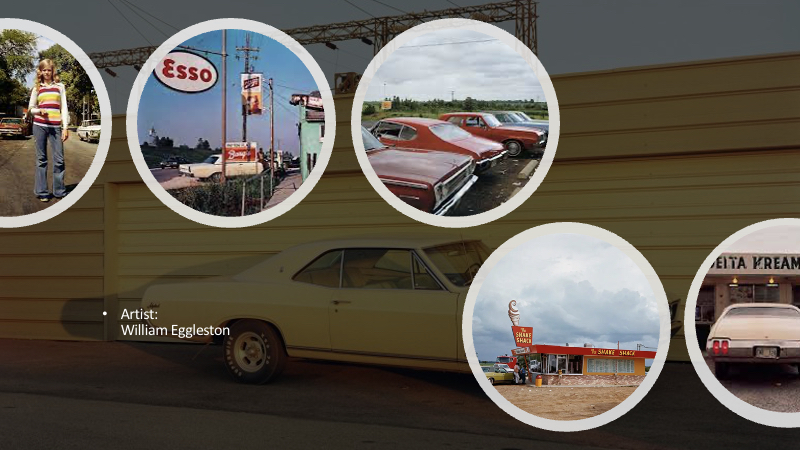
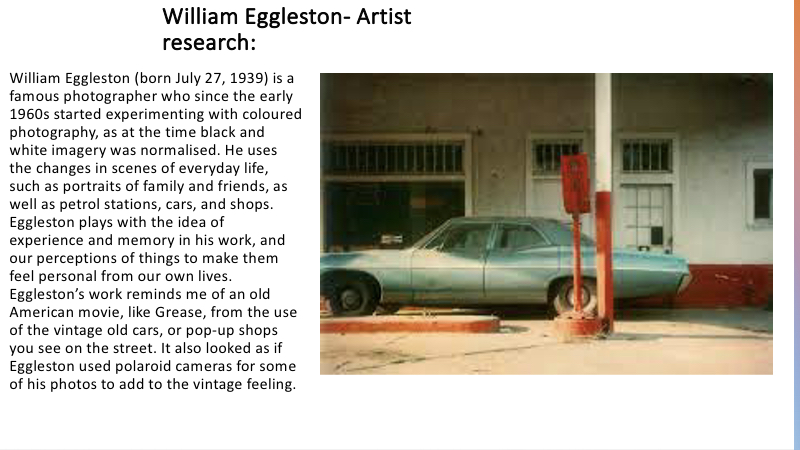
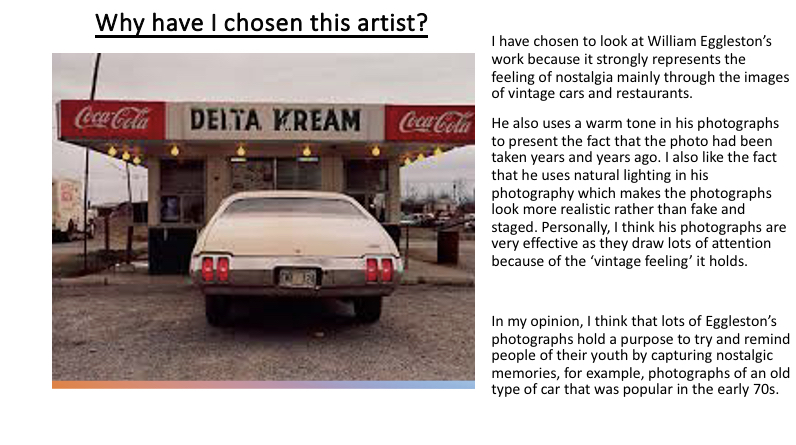
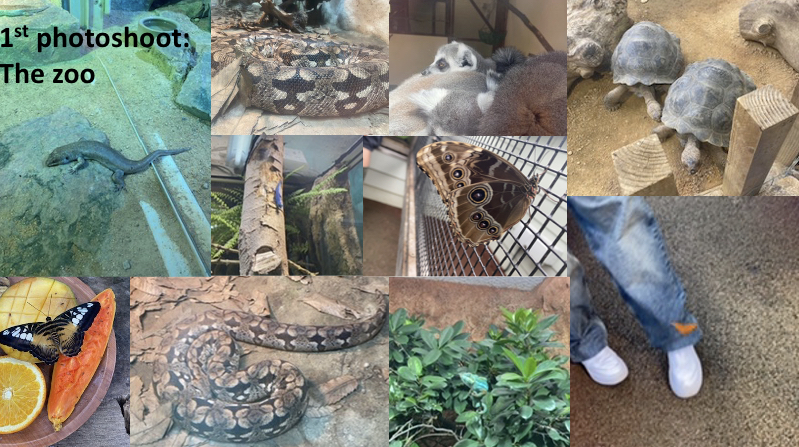


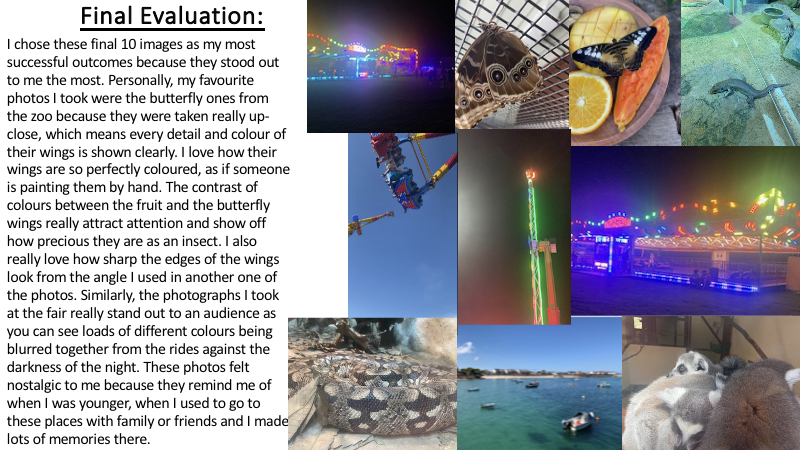








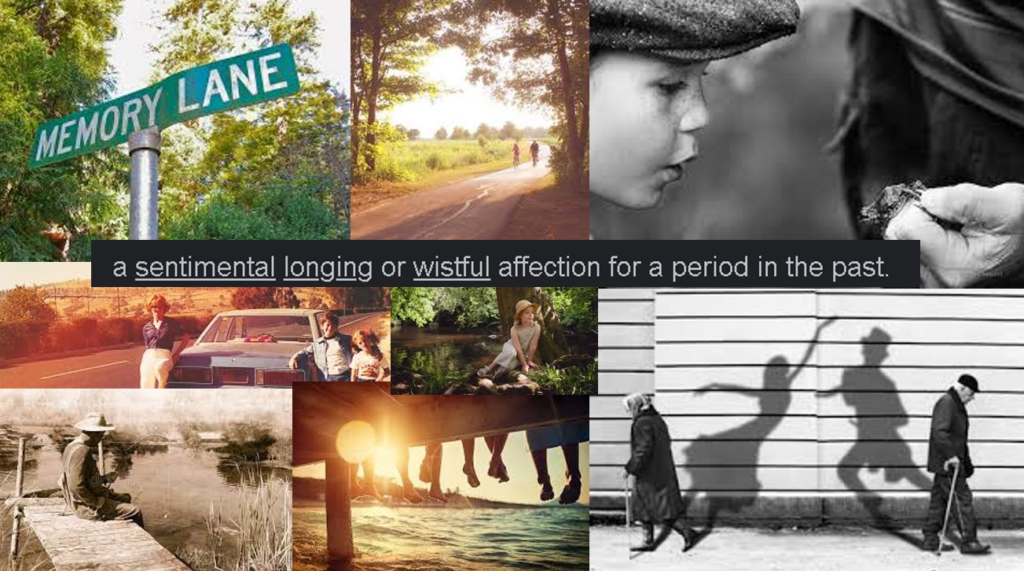

William Eggleston
William Eggleston, (born July 27, 1939, Memphis, Tennessee, U.S.), is an American photographer whose straightforward depictions of everyday objects and scenes, many of them in the southern United States, were noted for their vivid colours, precise composition, and evocative allure. His work was credited with helping establish colour photography in the late 20th century as a legitimate artistic medium.

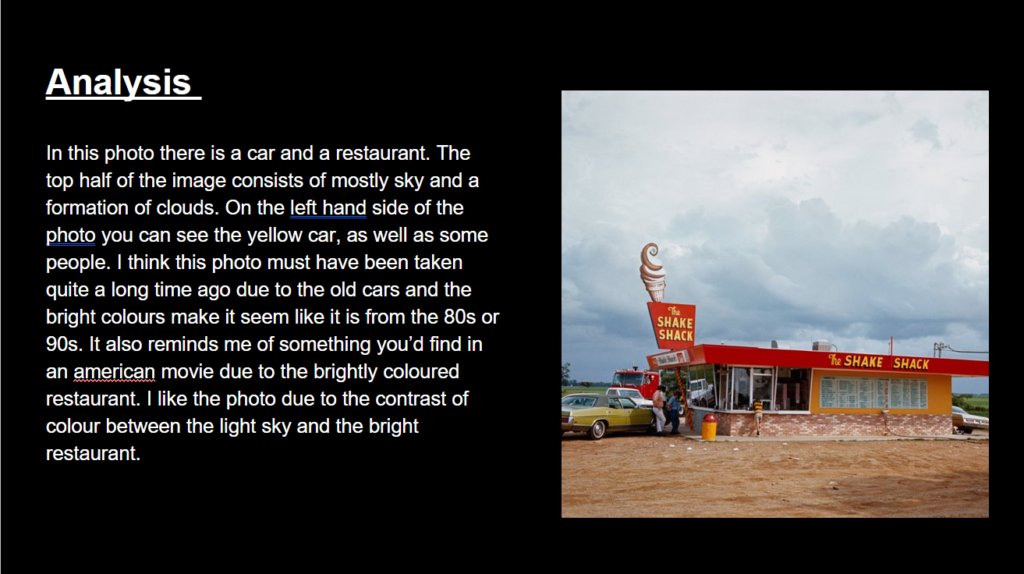

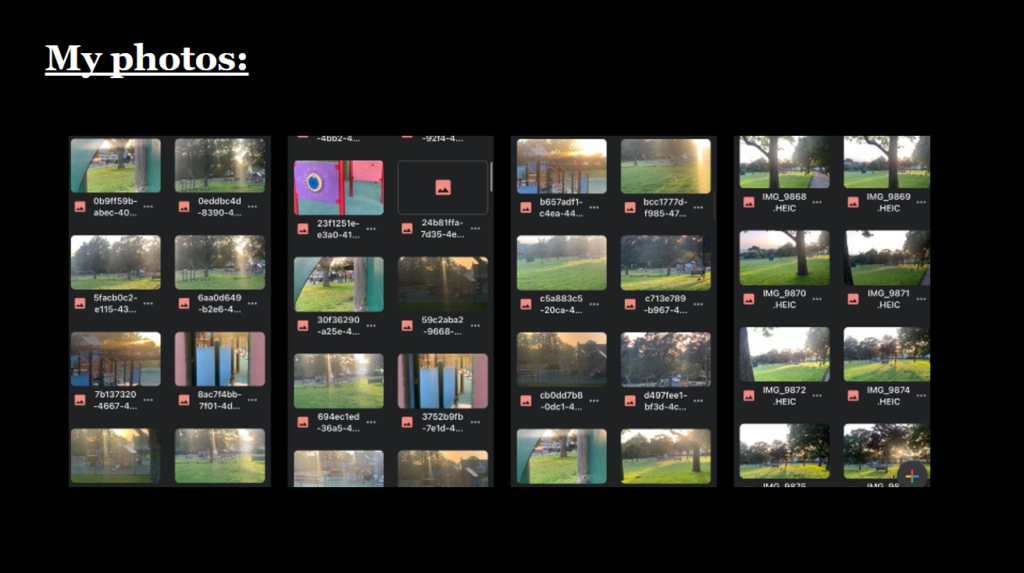
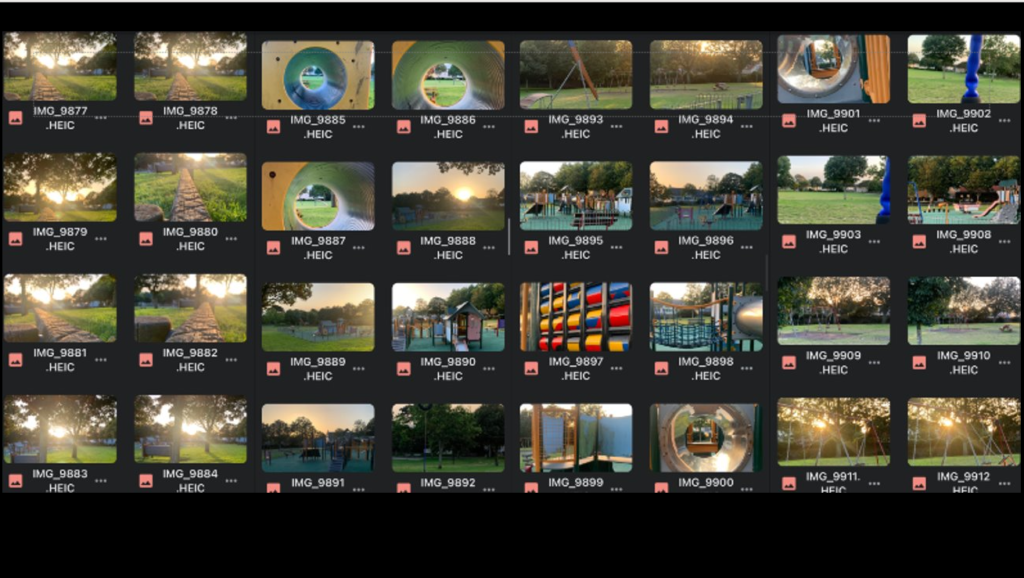

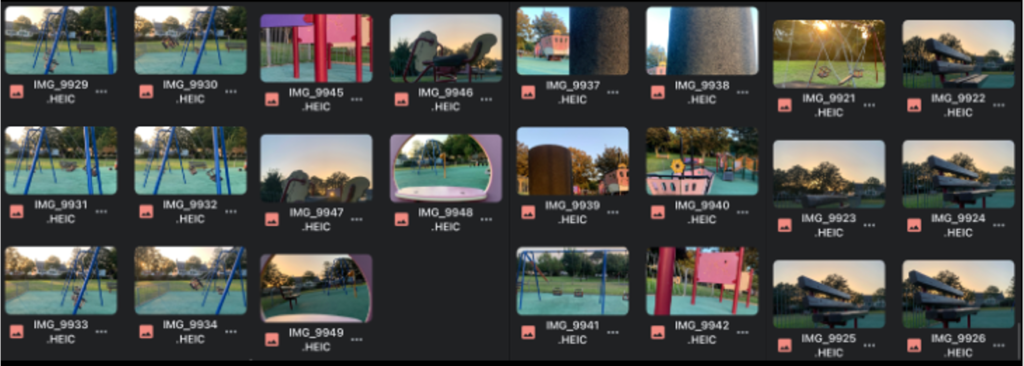
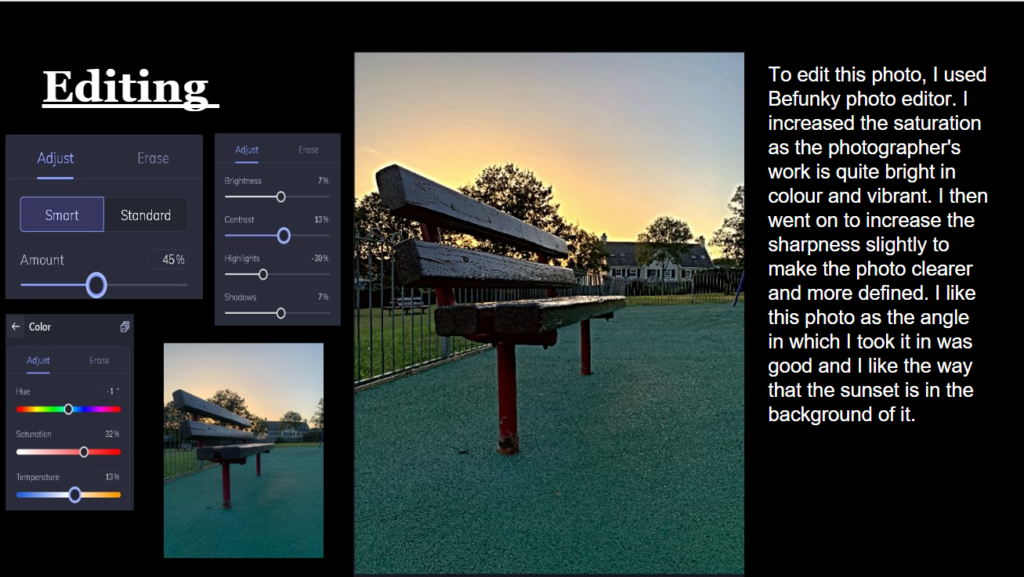




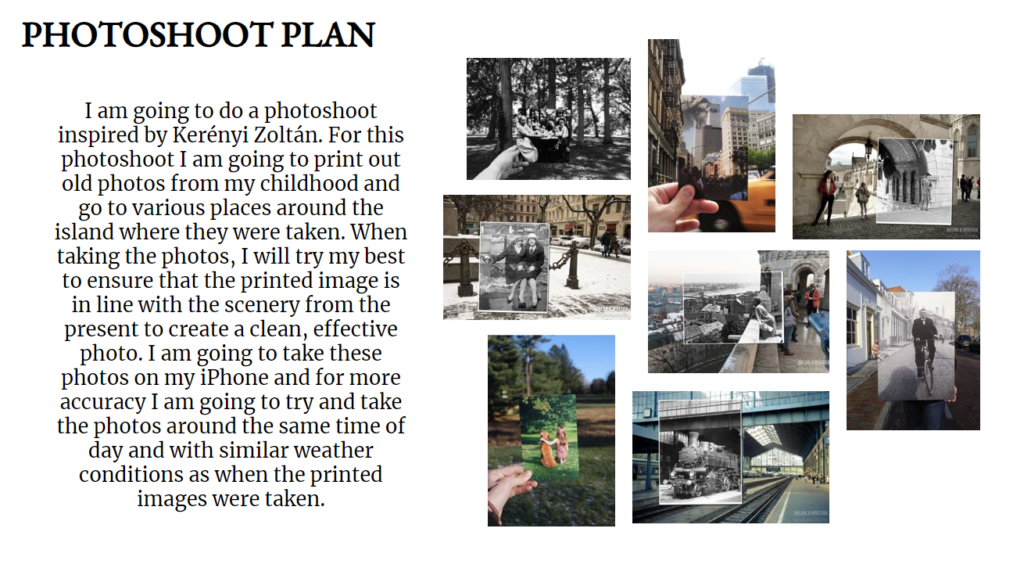
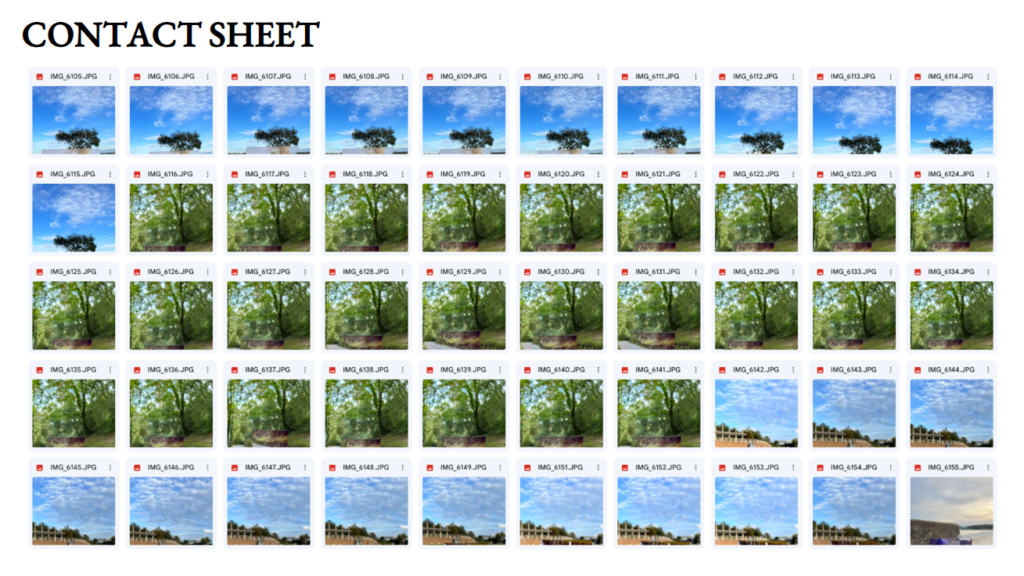



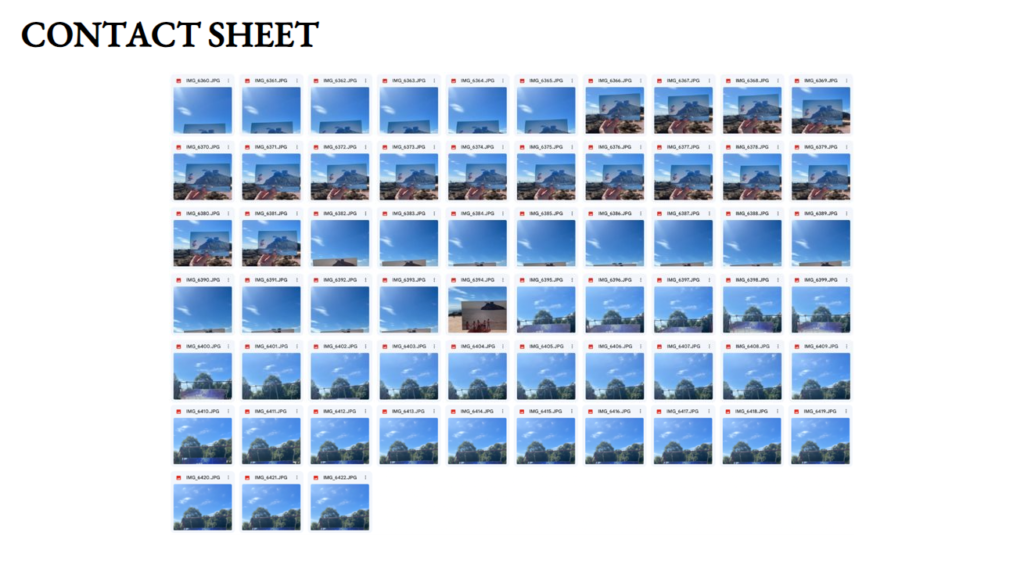
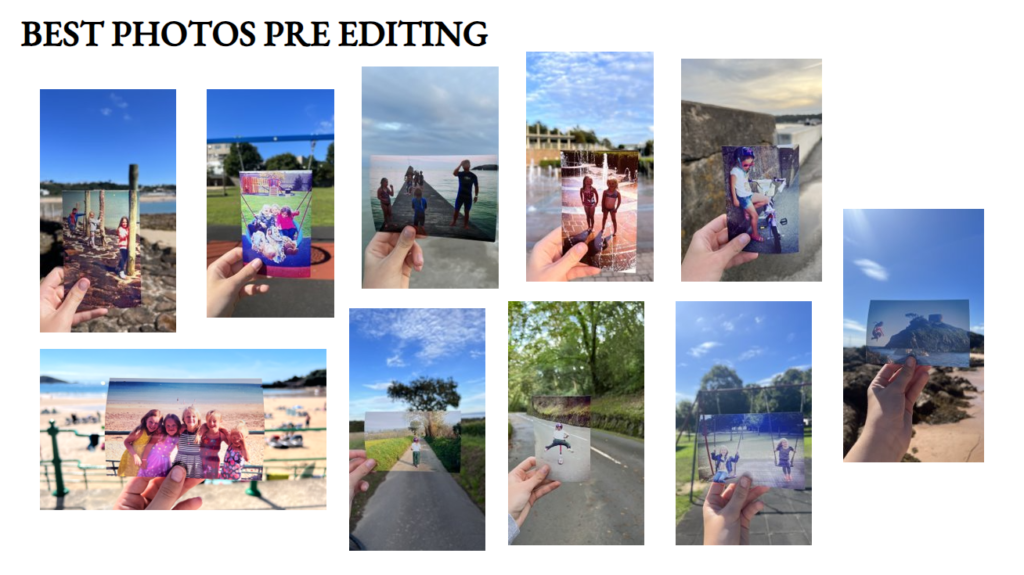
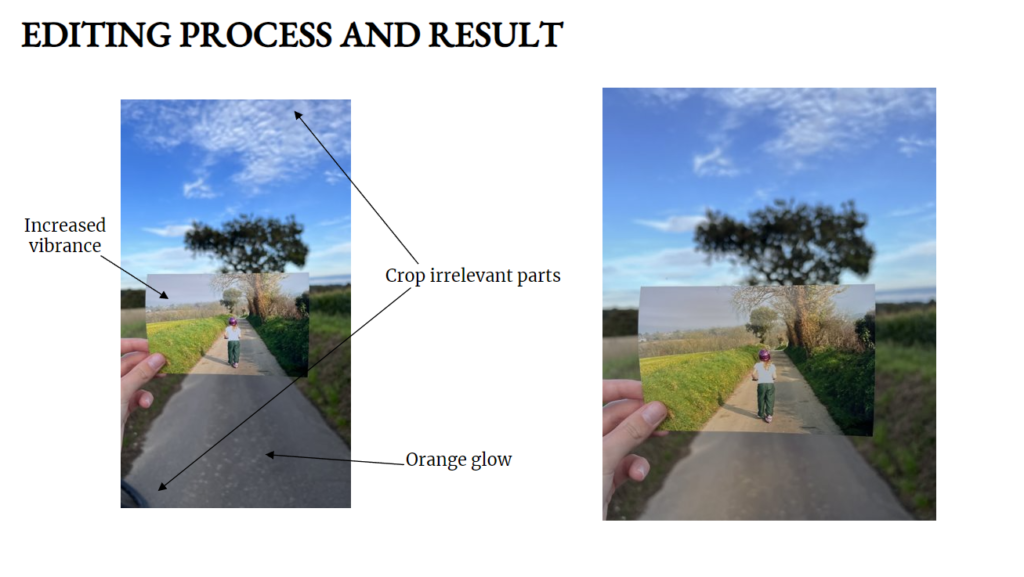
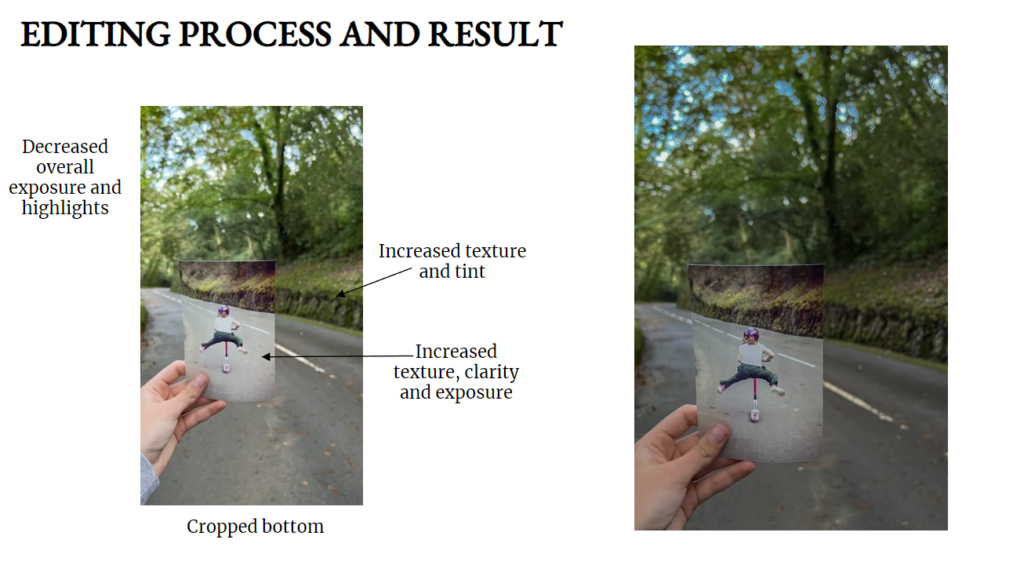

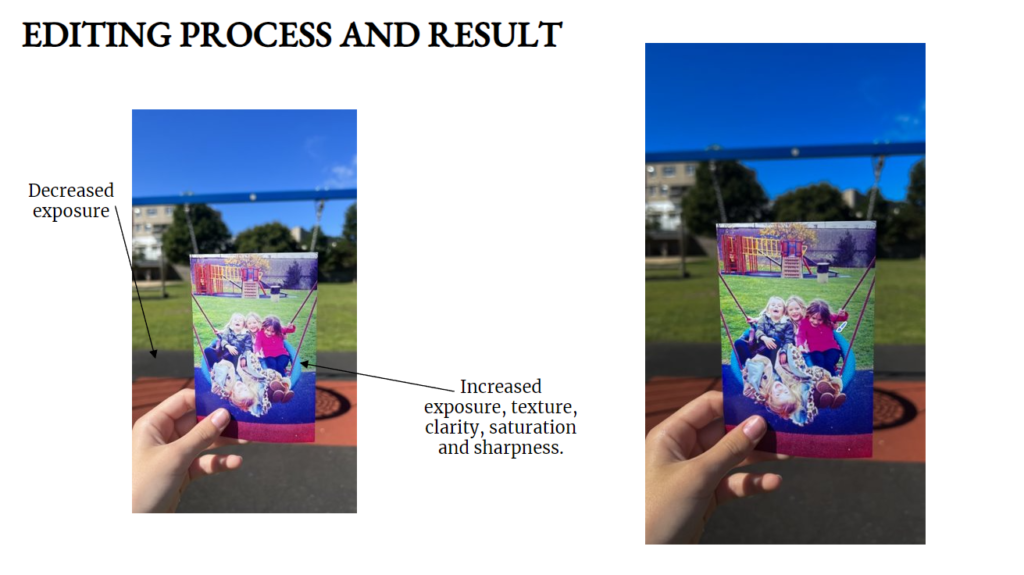

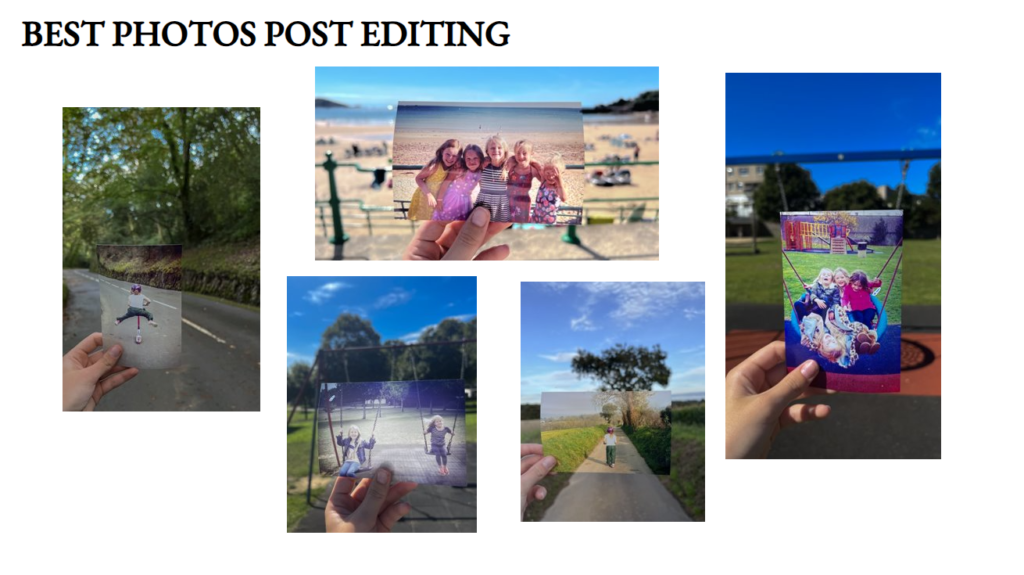
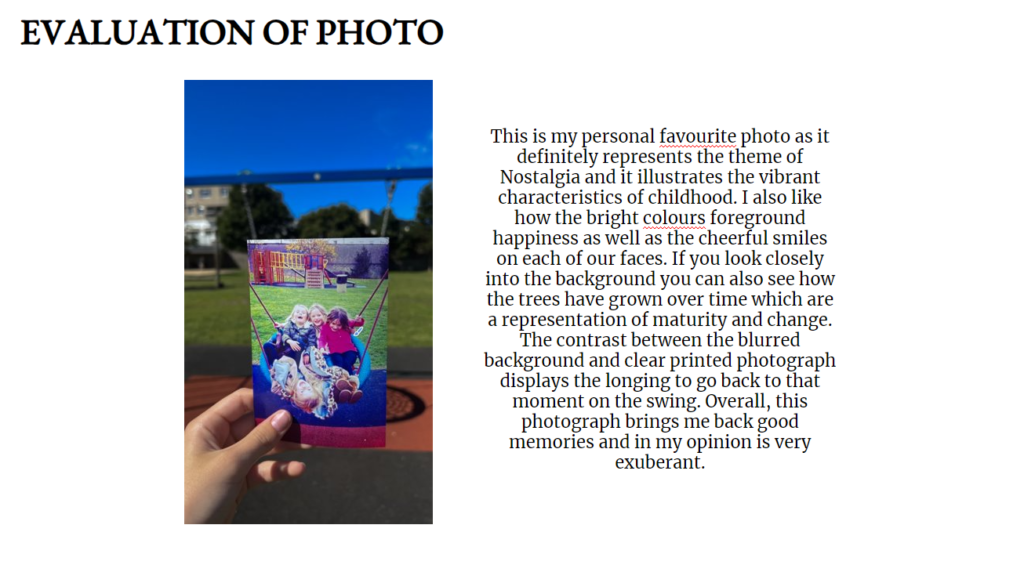


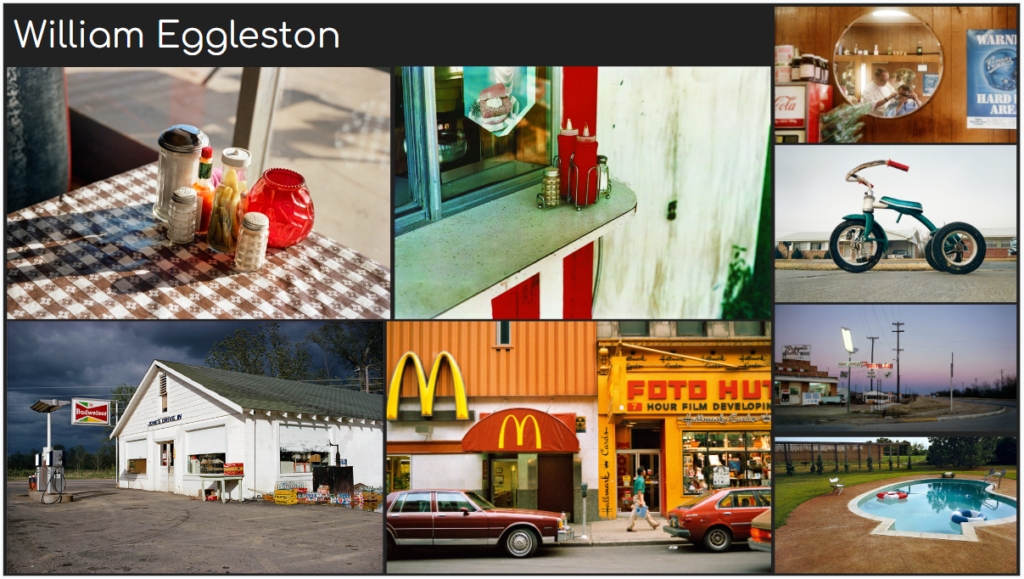
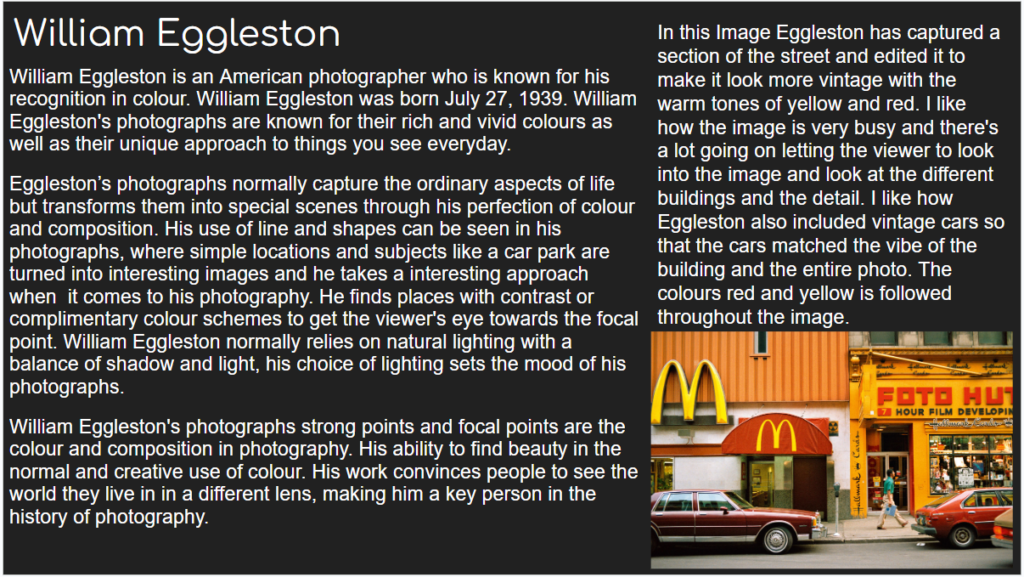




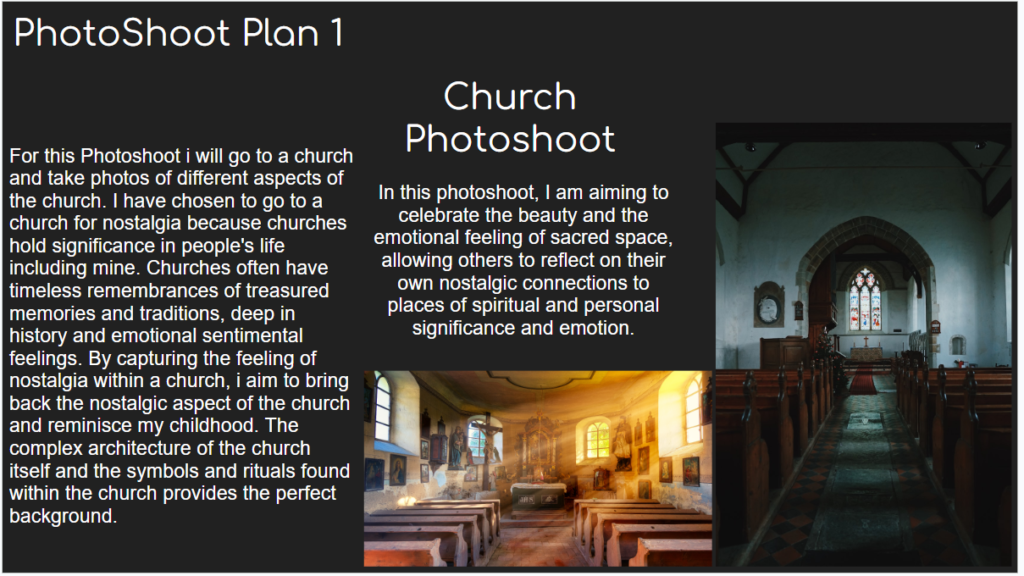
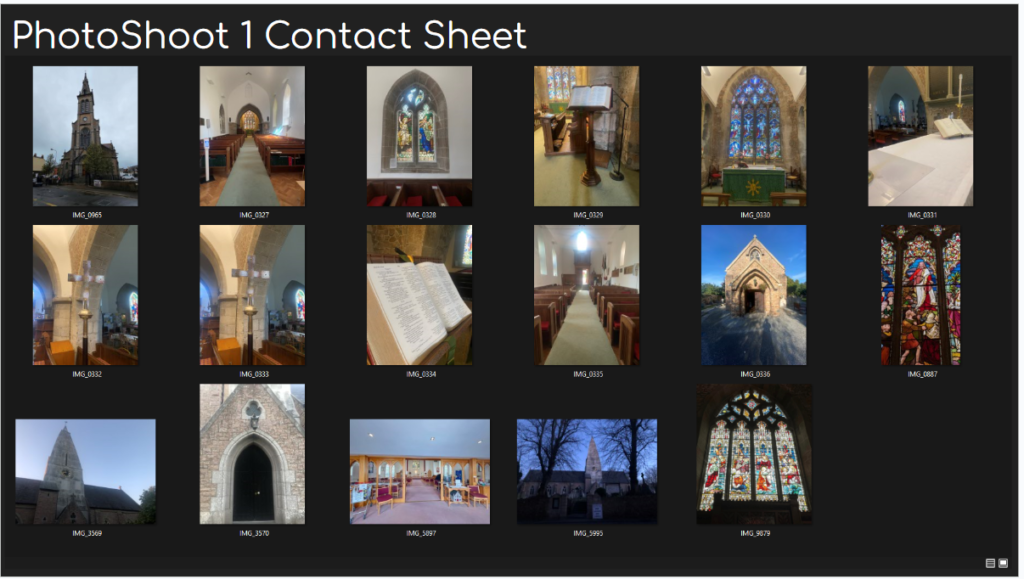
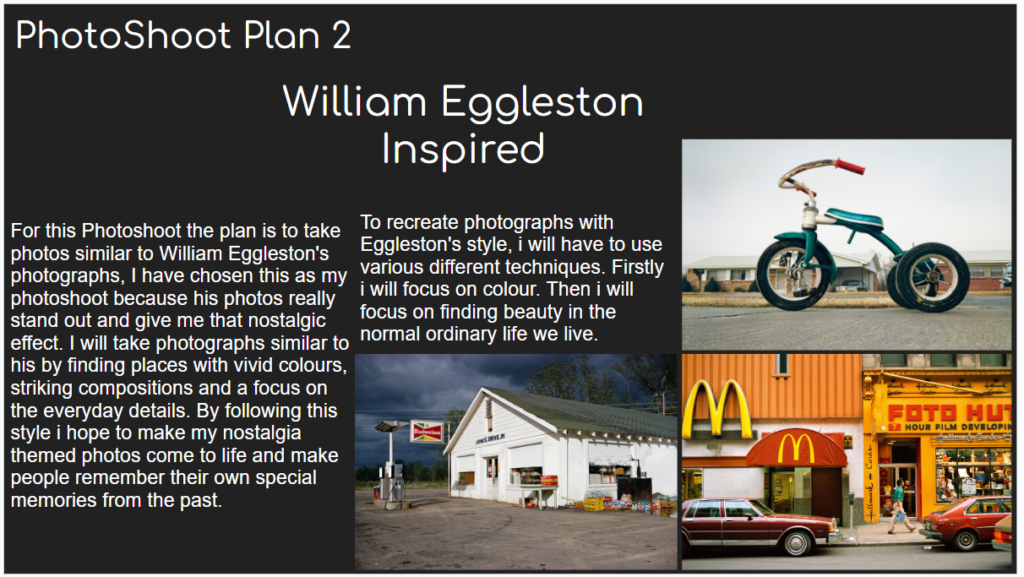
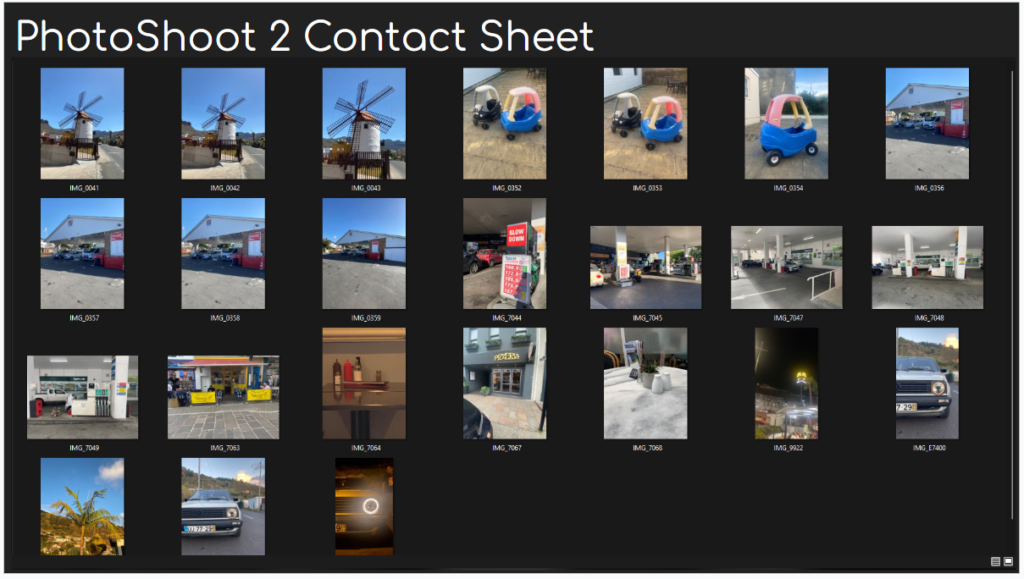


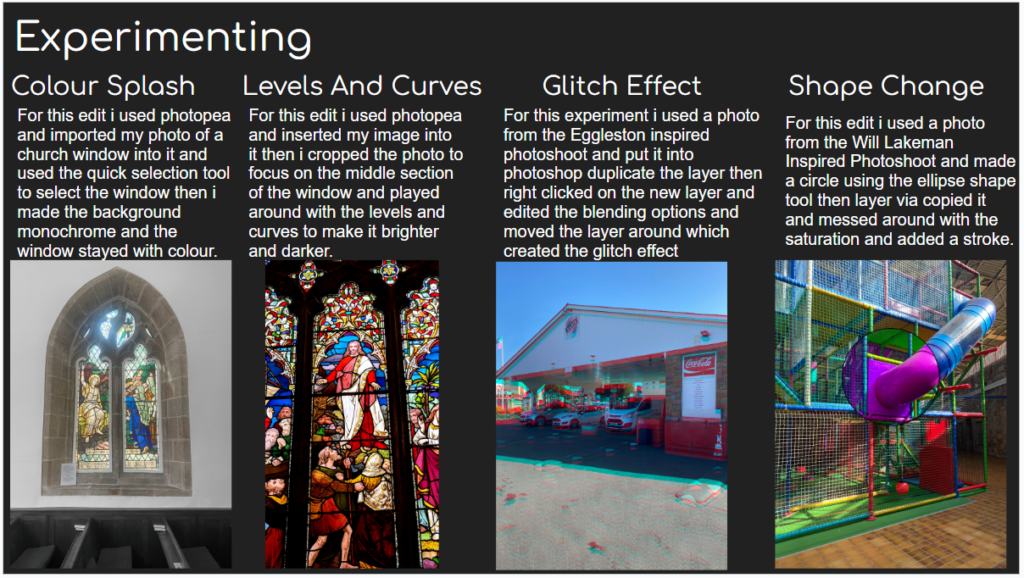

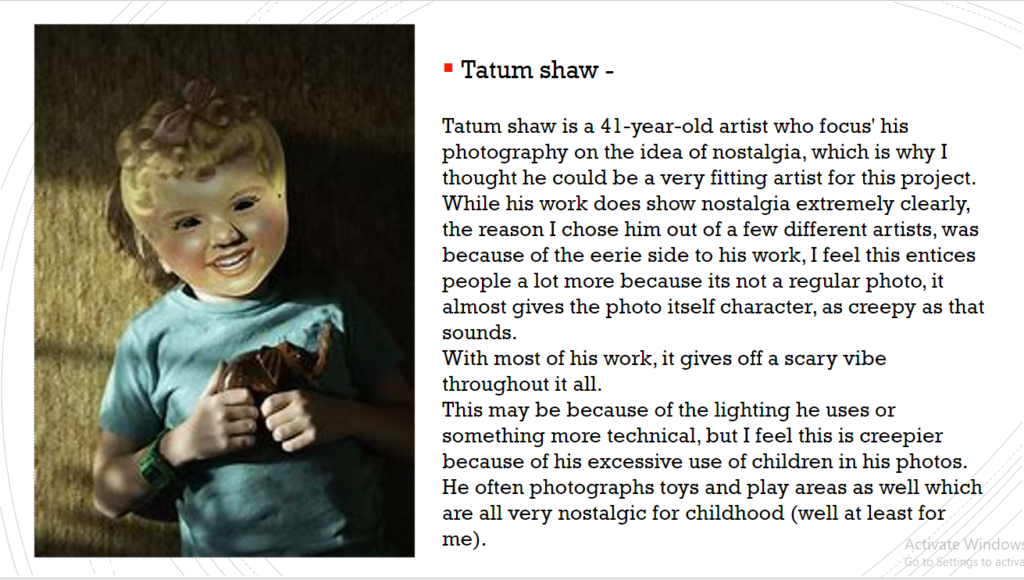
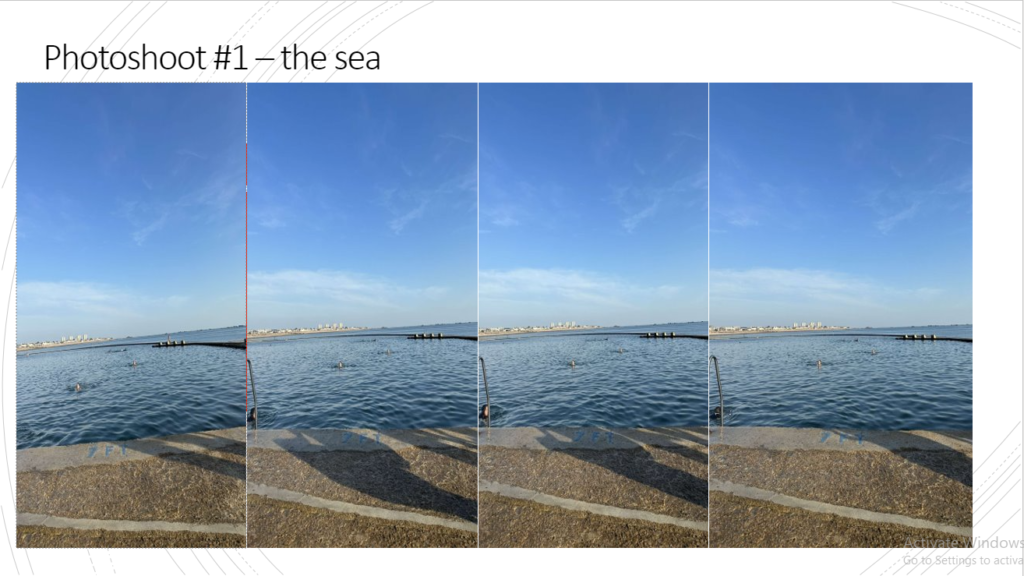
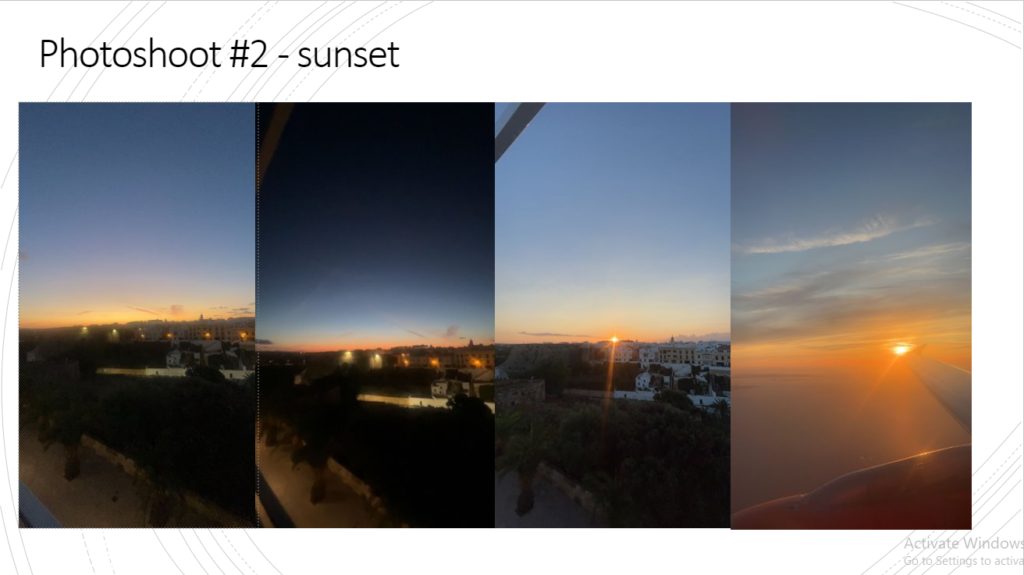


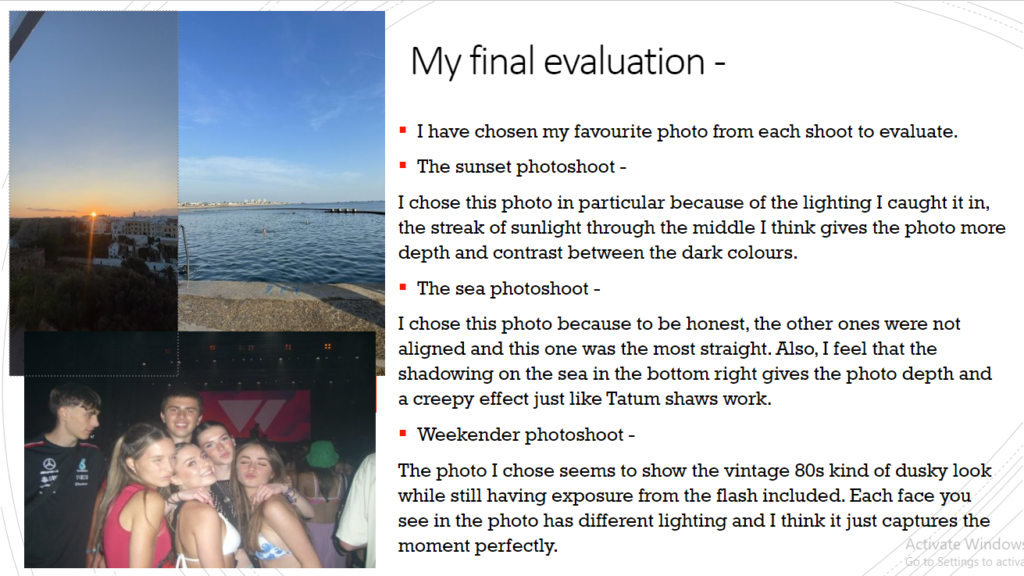


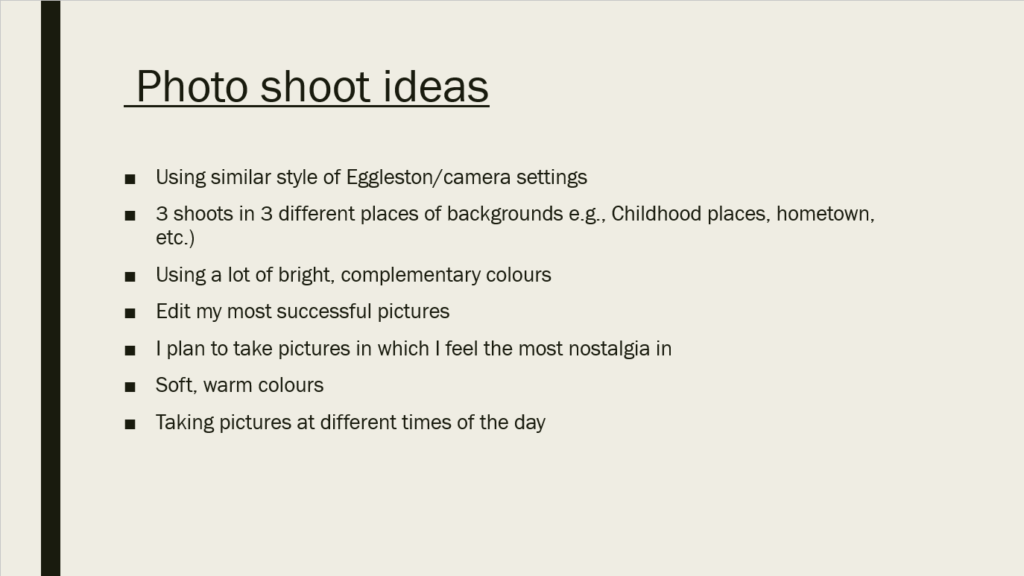

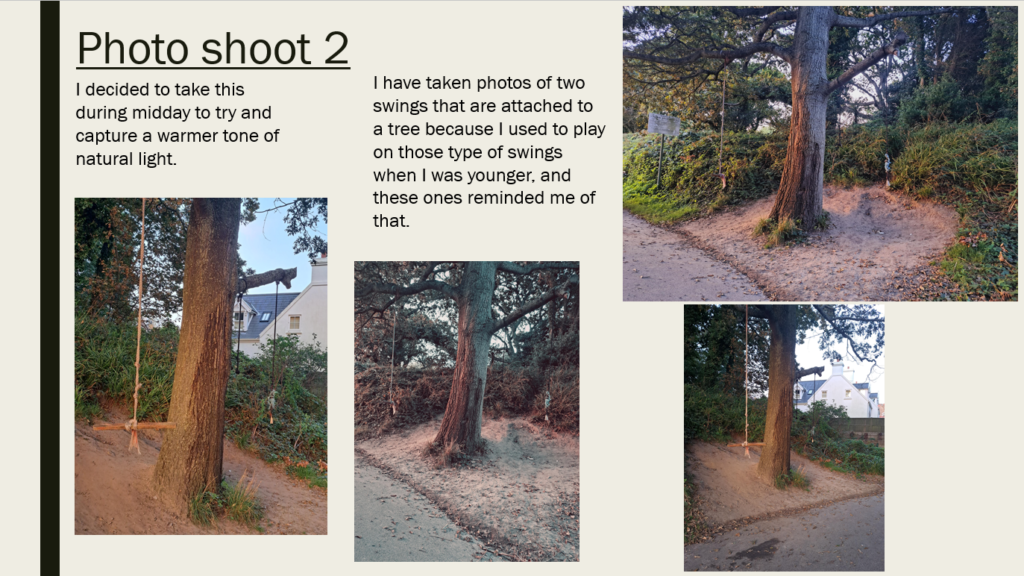
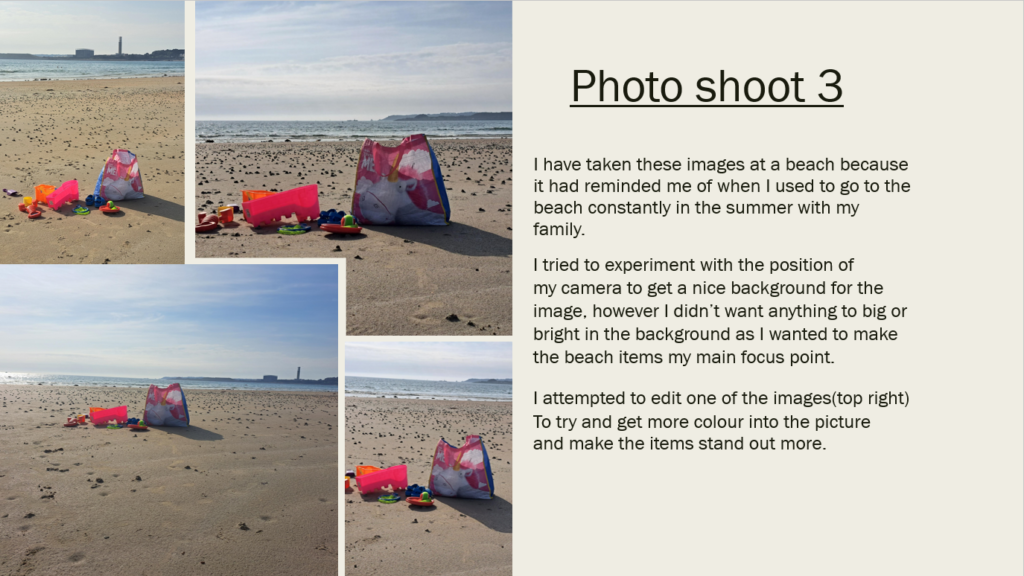
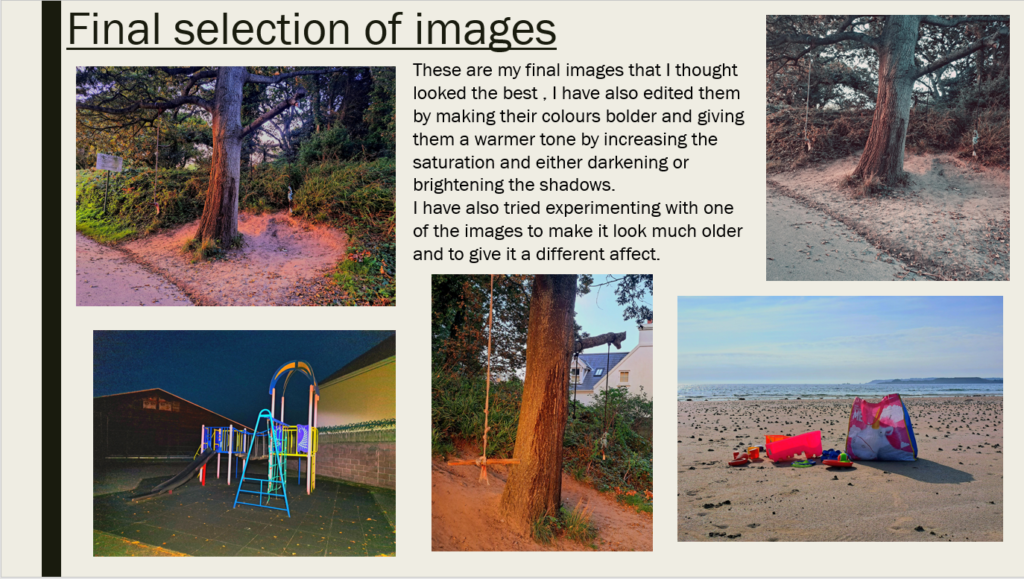
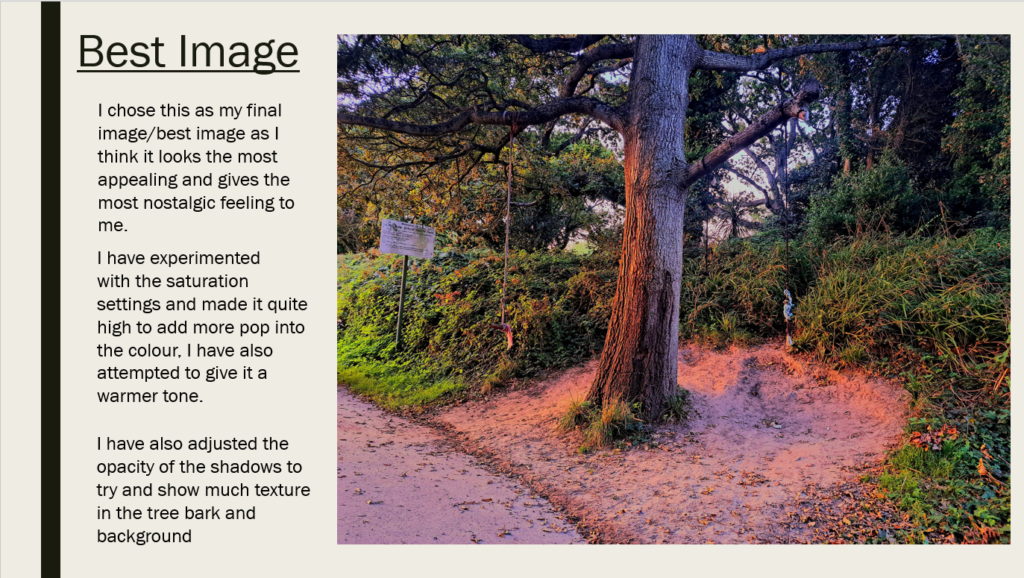
Before using the studio and camera set up I used the camera simulator to try different things and learnt about different settings. I started in aperture priority settings before moving to full manual.

From the comments given by the simulator it guided the next shot I took testing different suggestions and learning what effects the photo and how. For example in this one the exposure is good as the iso is automatic on aperture priority.
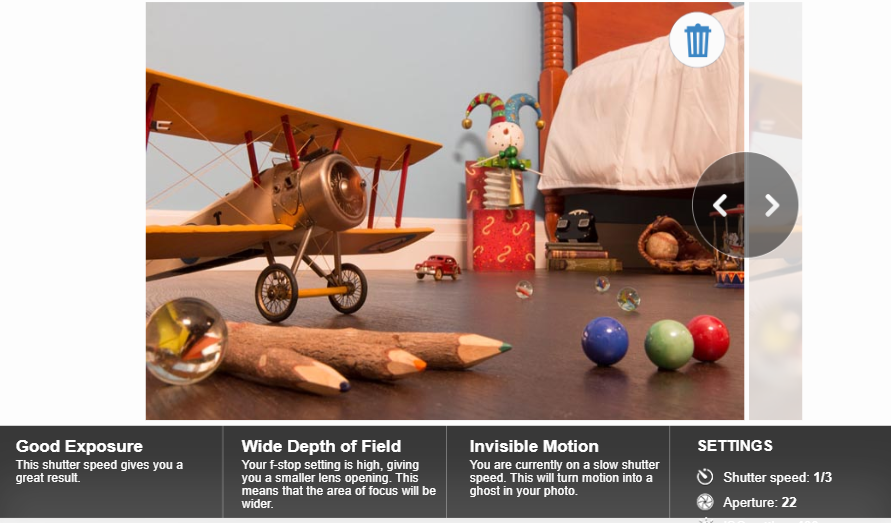
Using what I had learnt I then took the photo above with a wide depth of field, capturing everything in the frame in focus. After this shot I felt comfortable enough to try the full manual mode which is what I will use on the actual cameras.
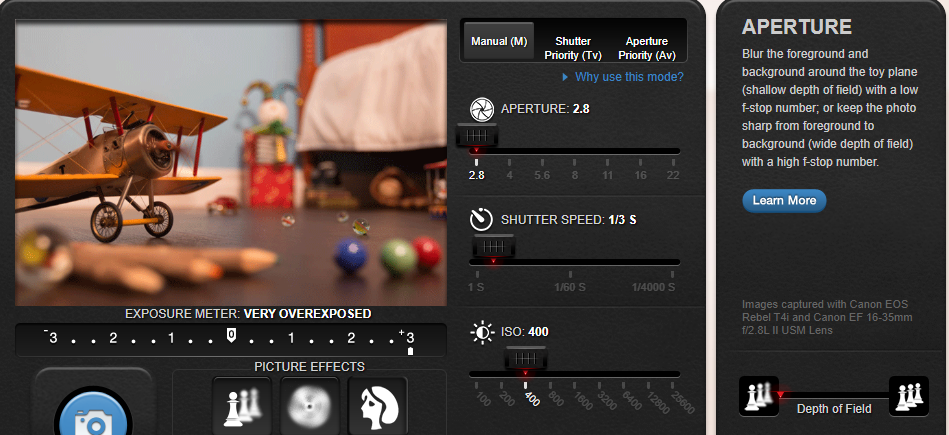

This was my first attempt in which the aperture is too low for the iso resulting in a very unbalanced exposure meter so the photo is extremely over exposed.
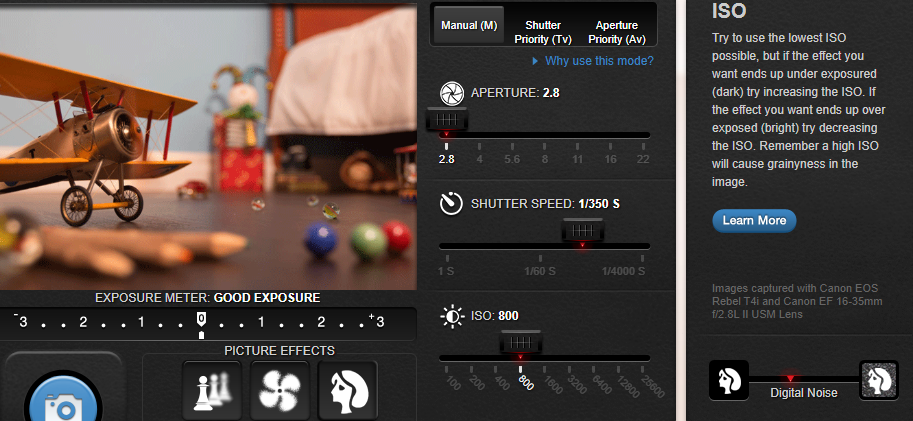

For this shot, which is by far my best one of all of them I focused on making sure the exposure meter is balanced, by adjusting the shutter speed to capture the propellers as well as make sure that the photo is not too over exposed with the low aperture this also meant I needed to increase the iso to get a well exposed photo and keep the exposure meter balanced.
William Eggleston is an American photographer born on the 27th July, 1939. He is widely credited for giving recognition to colour photography as a legitimate art medium. Eggleston was drawn to visual media from a young age, and he began his work during the 1940s and 1950s, where he lived in South America. Fascinated by the cultural shift happening around him, he began photographing these changes.



The image on the right clearly follows the rule of thirds and has natural lighting. This photo has a narrow depth of field, the aperture appears to be F/4 as the background is blurred, the shutter speed seems to be 1/1000 because the image is sharp, and ISO 100.
I have chosen to look at William Eggleston’s work for ‘Nostalgia’ because his photos have a vintage feel. I admire his skilful attention to detail in his photographs, and how every composition is different to another, including landscapes, portraits of people and animals, and more. Something I found remarkably intriguing in Eggleston’s work was how his photos tell a story. For example, in his portraits of people, the viewer is given insight to the variety of personalities he captures with his camera, which especially shines through in the photos which feel natural, and some even candid.
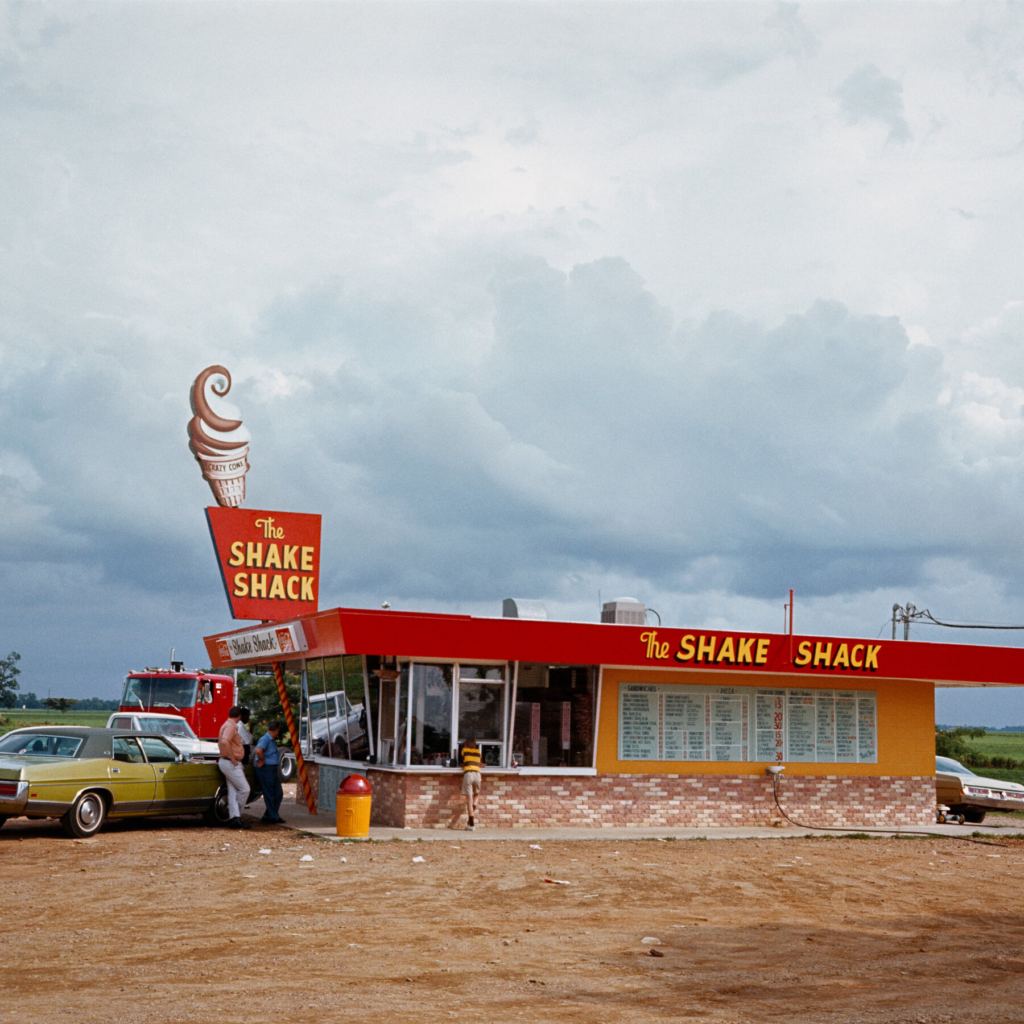
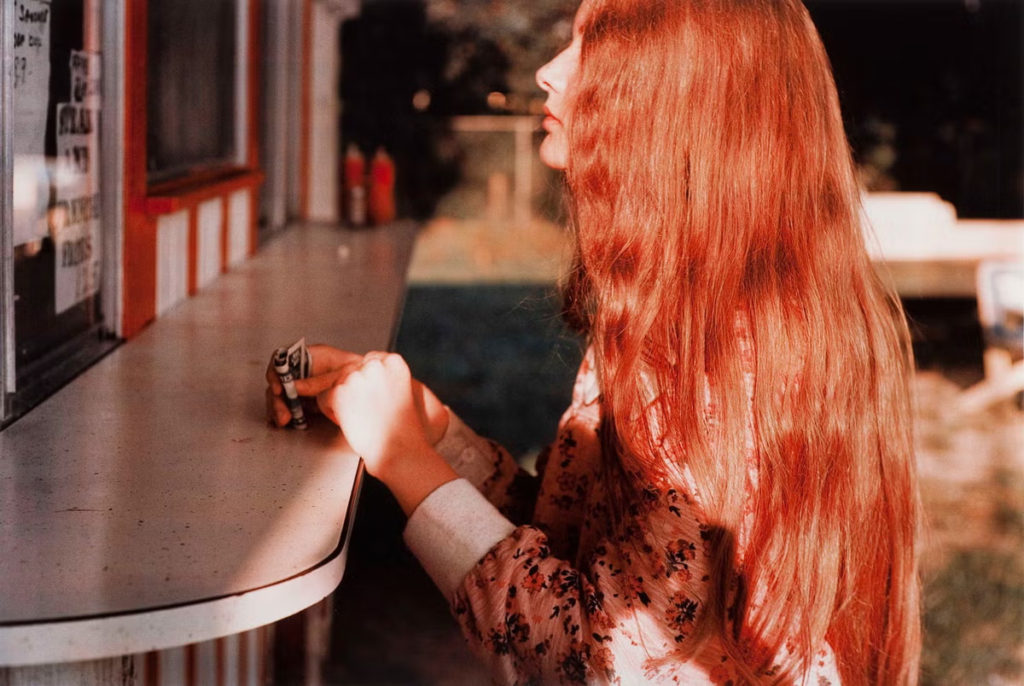

This aspect of his work inspired me for my photoshoots, which for the first photoshoot I took photos of my brother. I wanted these photos to have the same natural feeling as Eggleston’s work does, so I photographed my brother doing a hobby of his, which is fishing, and I also took some closer portraits of him. For the second photoshoot, I wanted to explore the theme of nostalgia further and took photos inside of my Grandma’s house, as it is nostalgic to me.
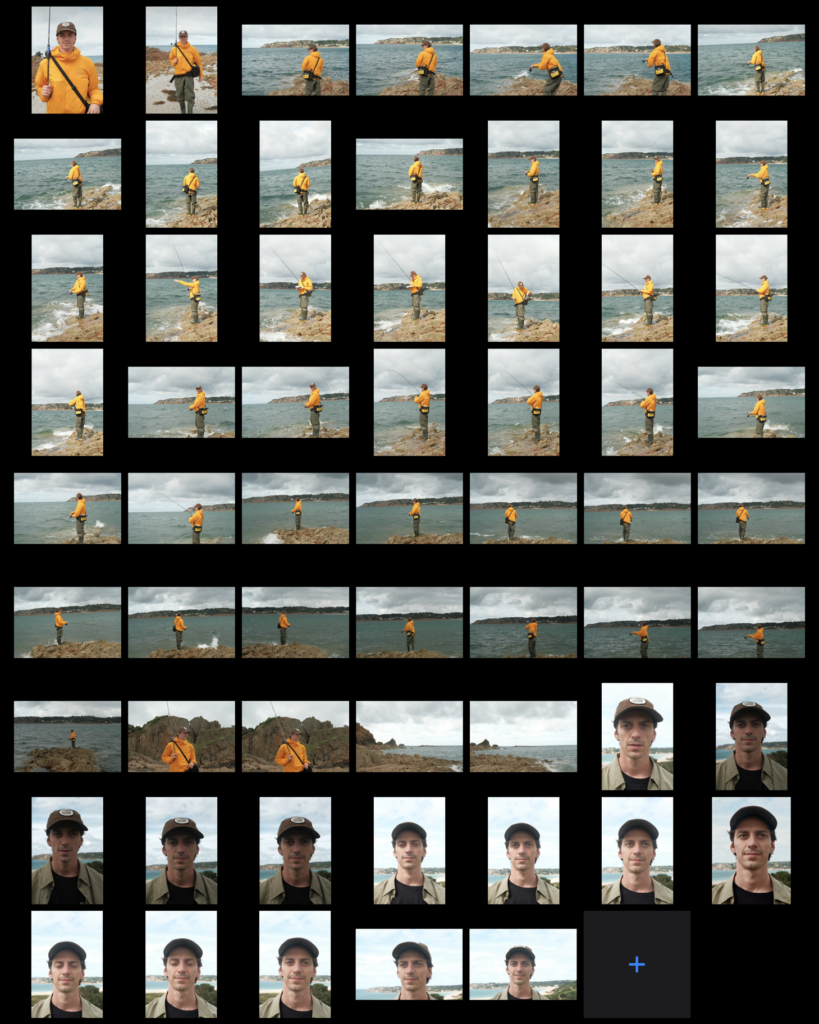
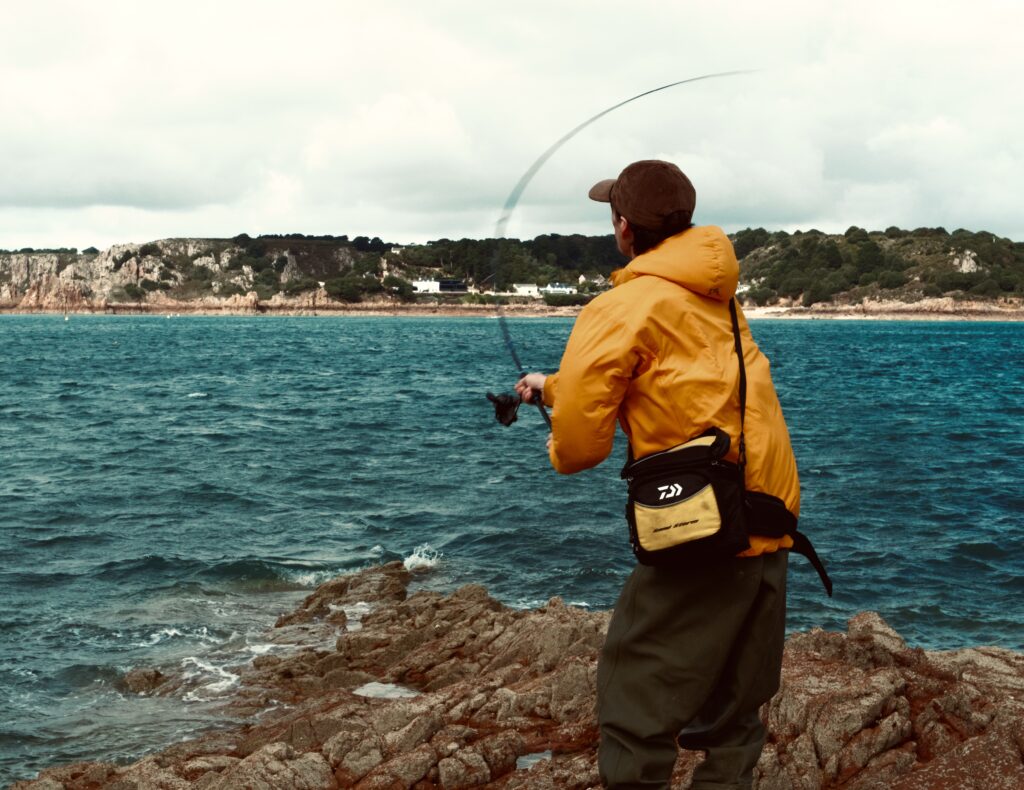
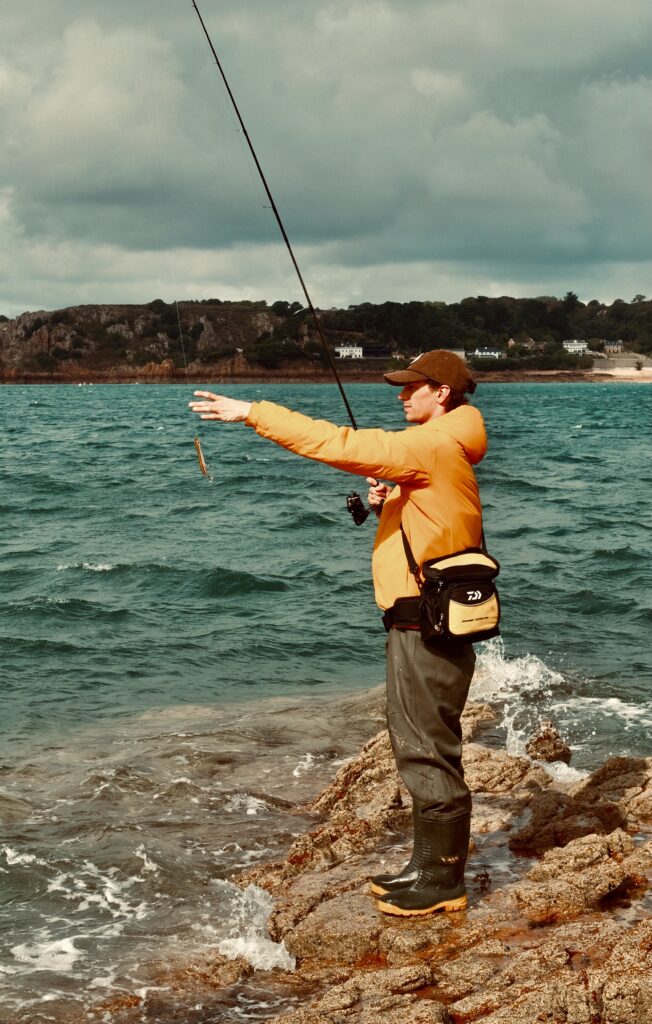

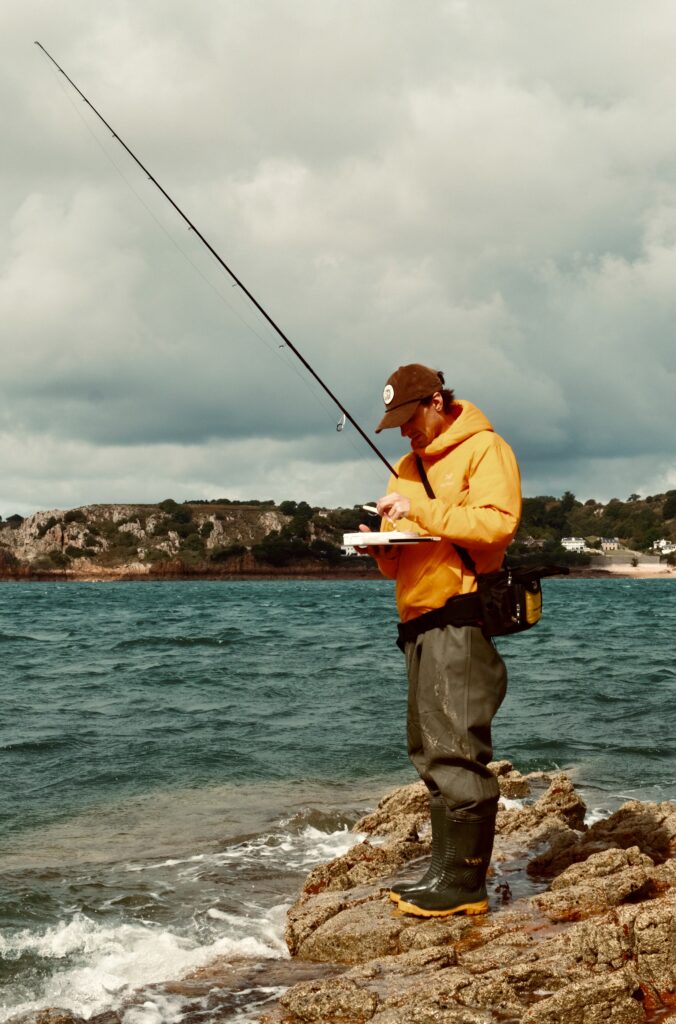

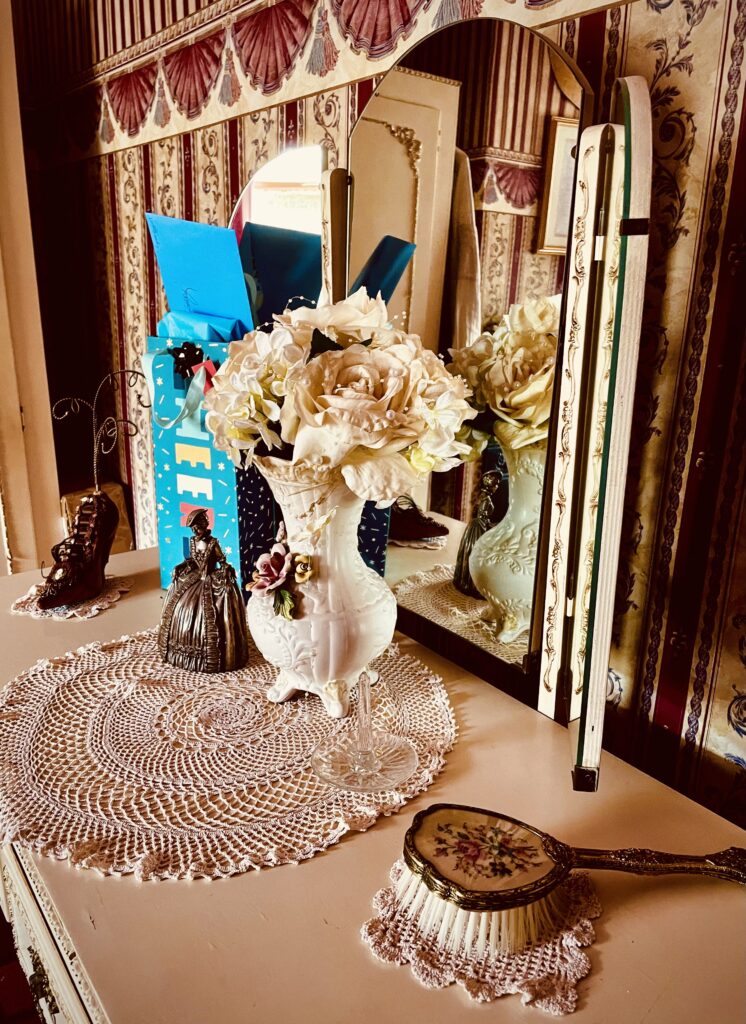
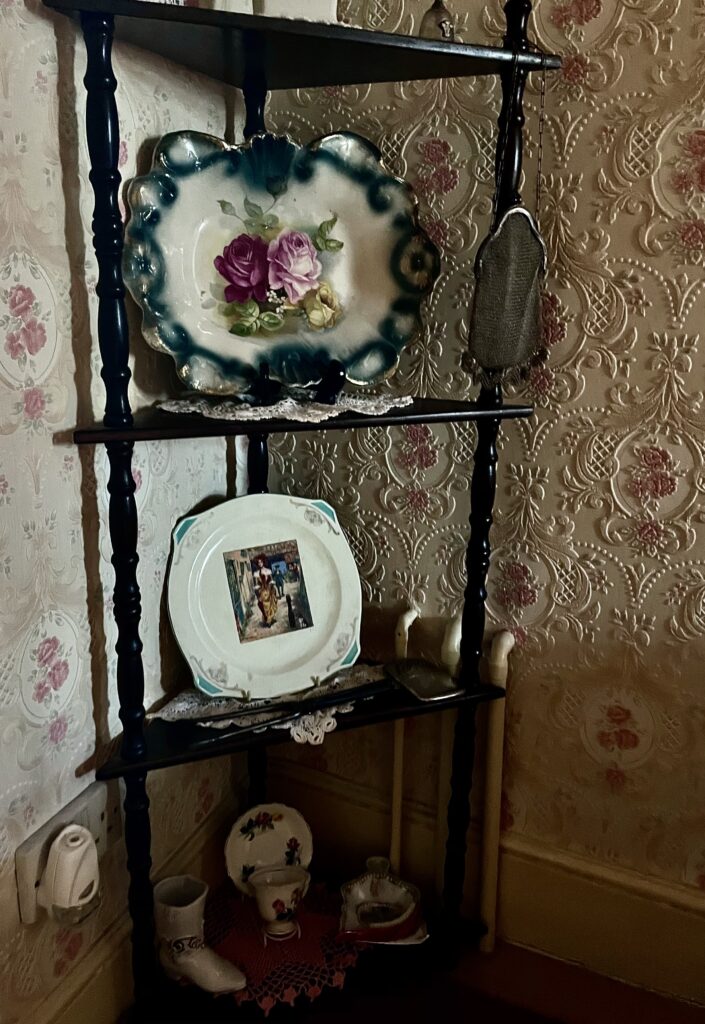


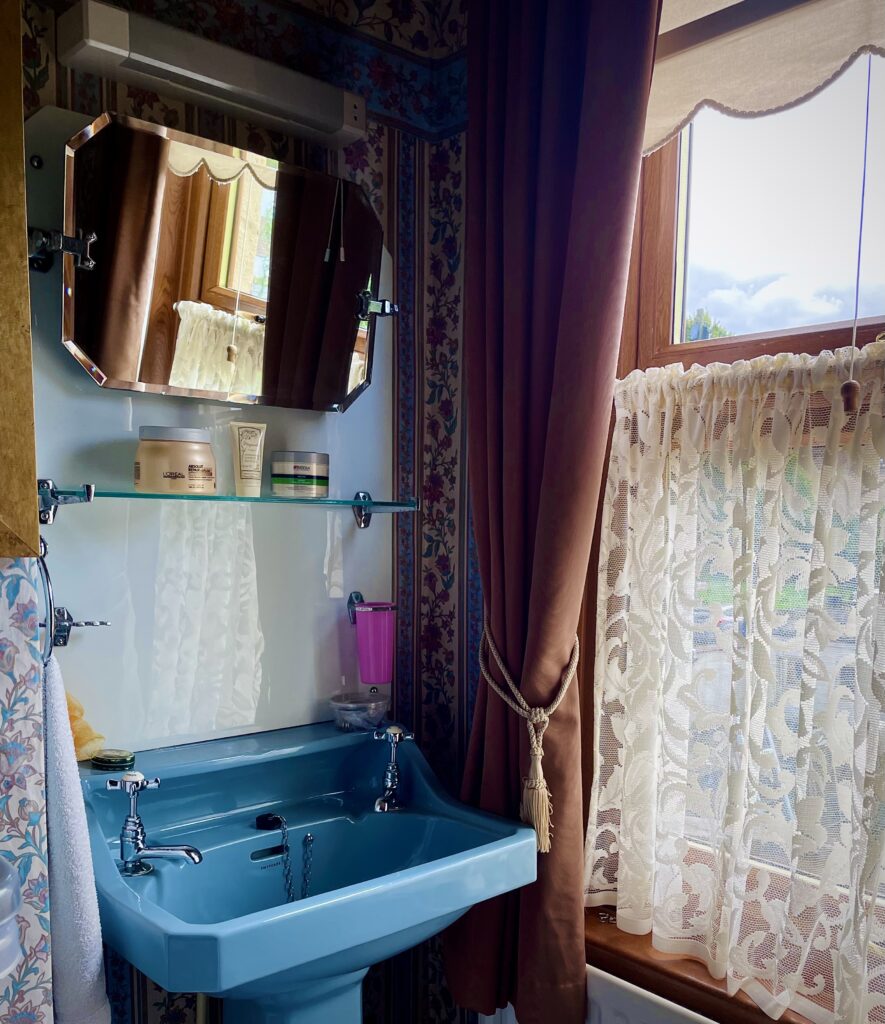
When taking and editing these photos, I was inspired William Eggleston, and the vintage style of his photographs.



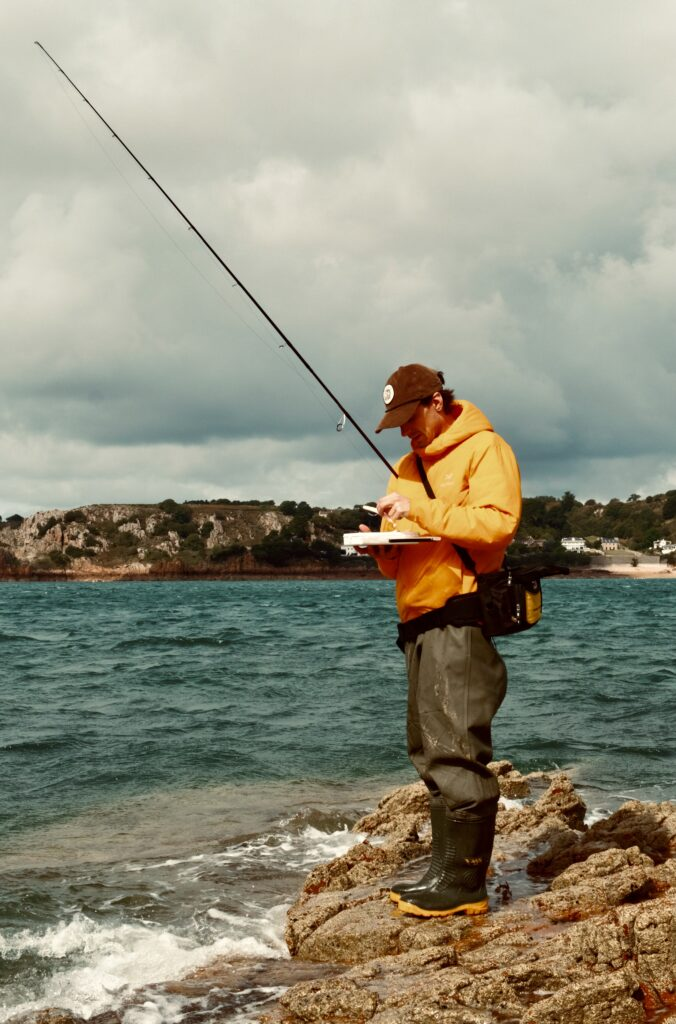


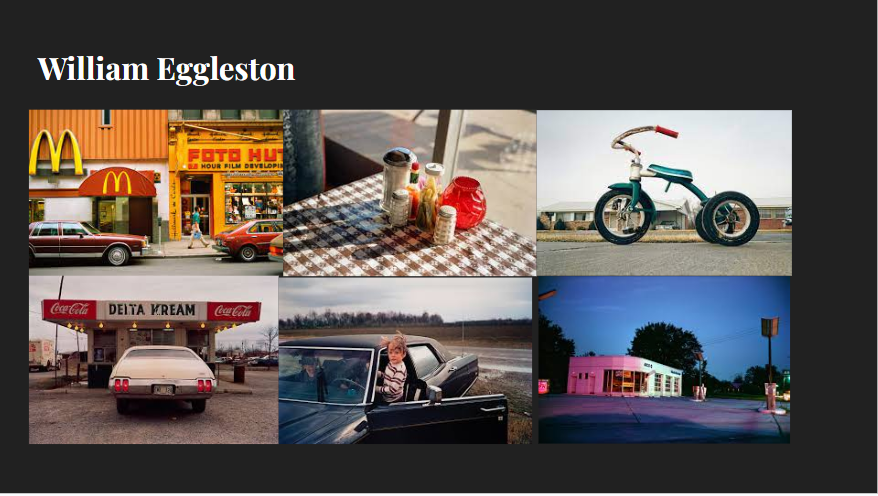



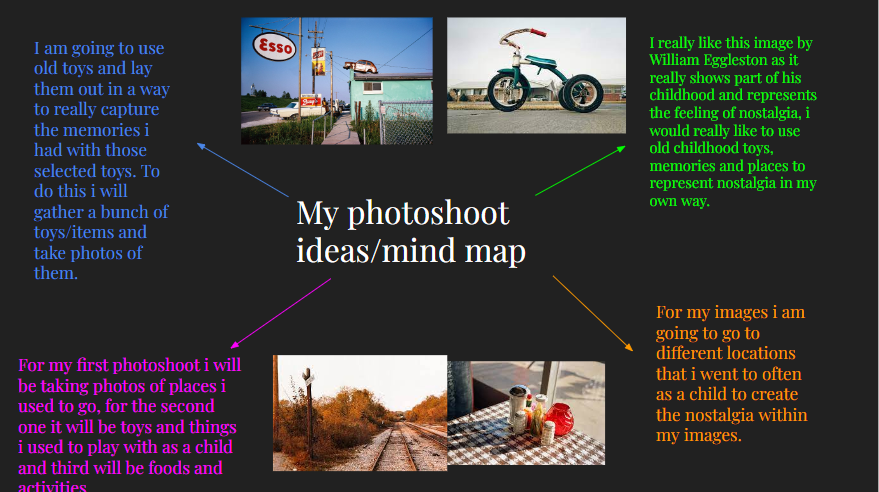


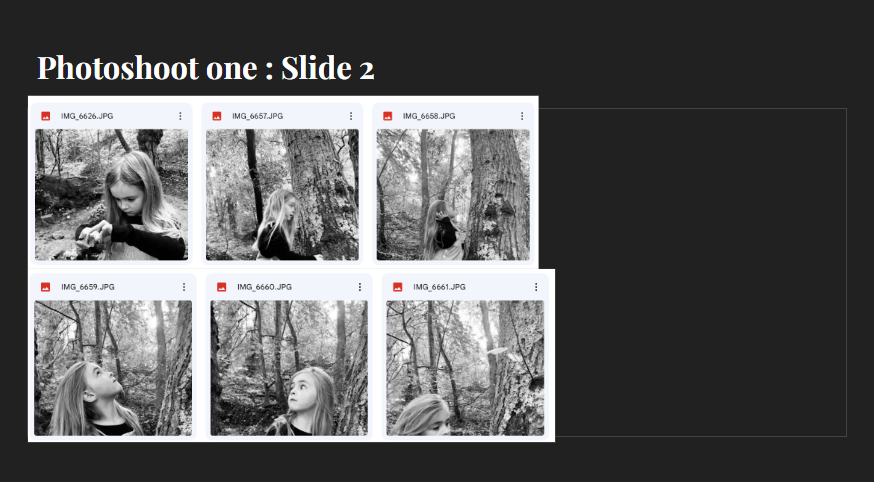
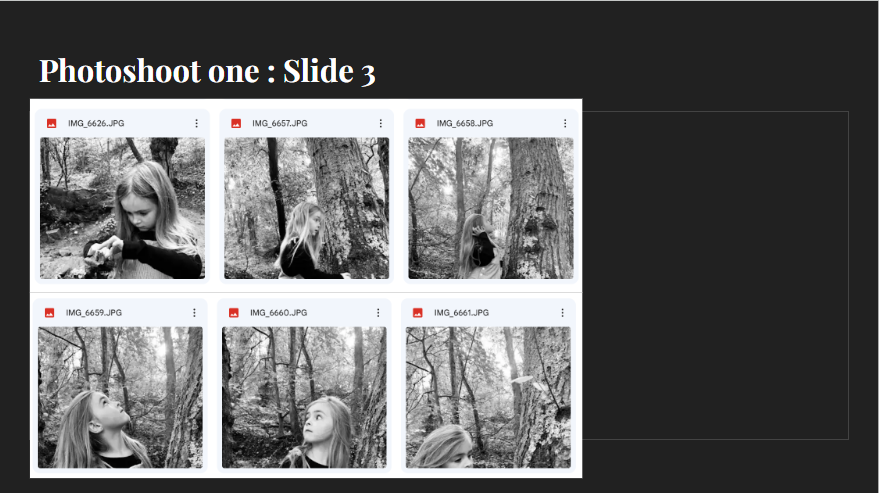
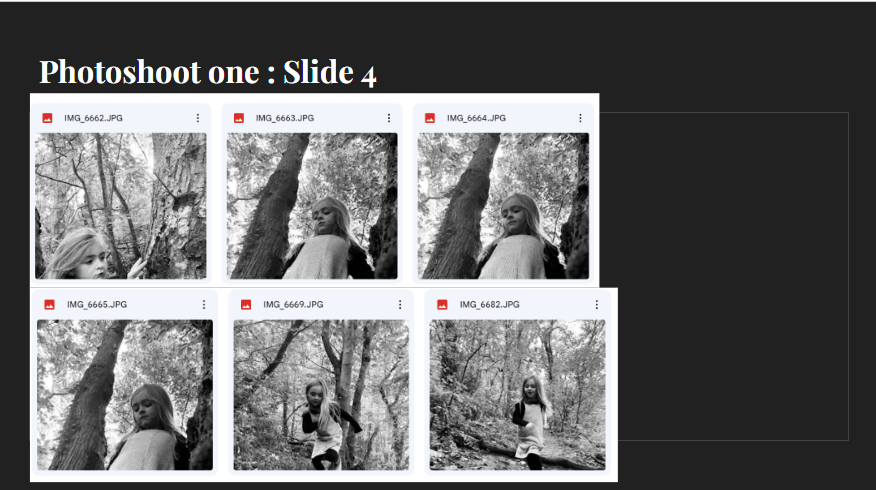

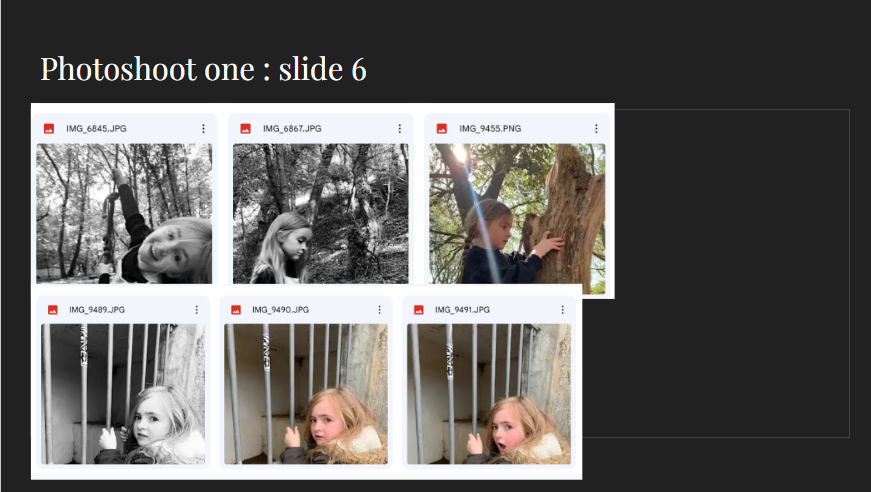





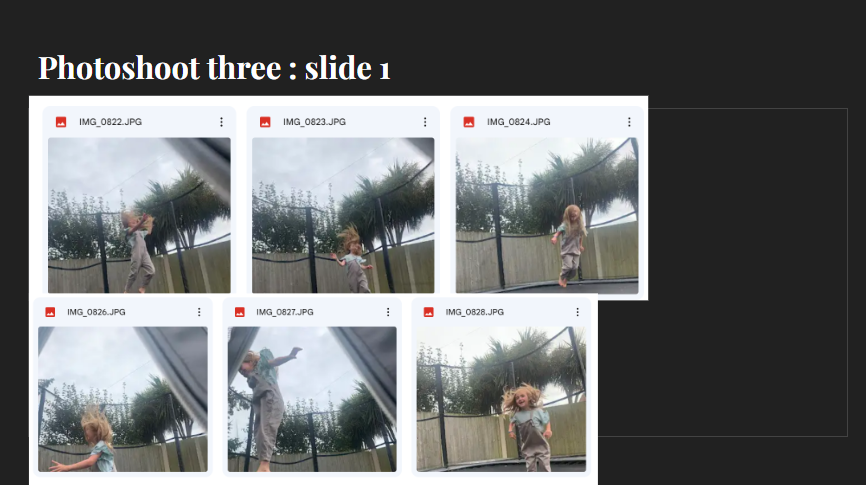
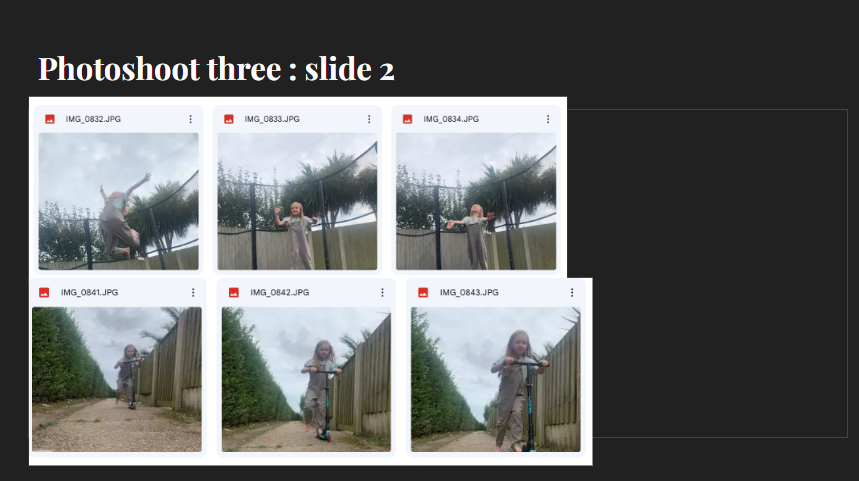

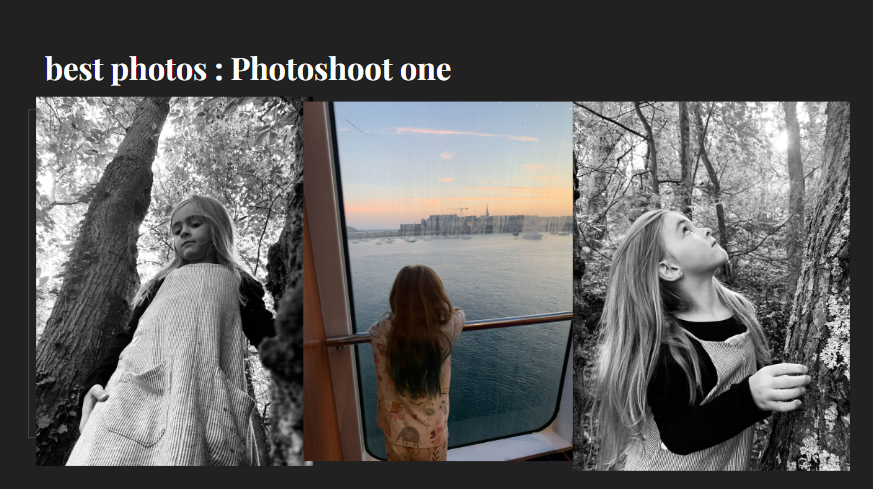
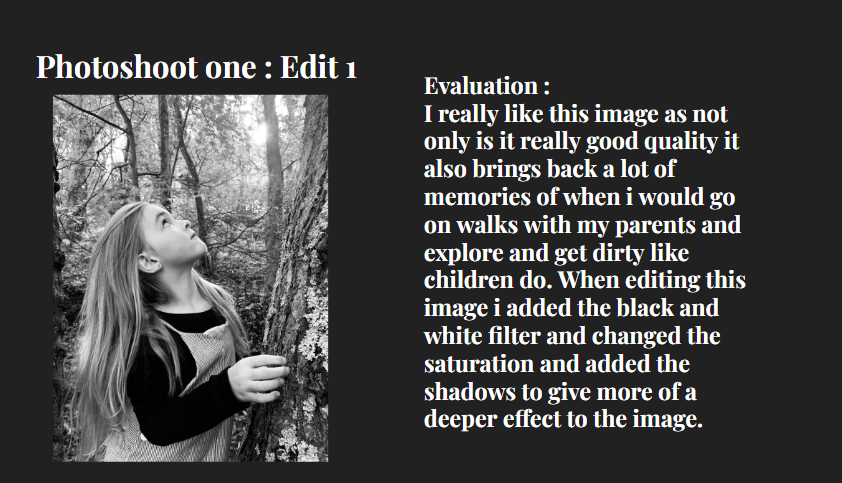
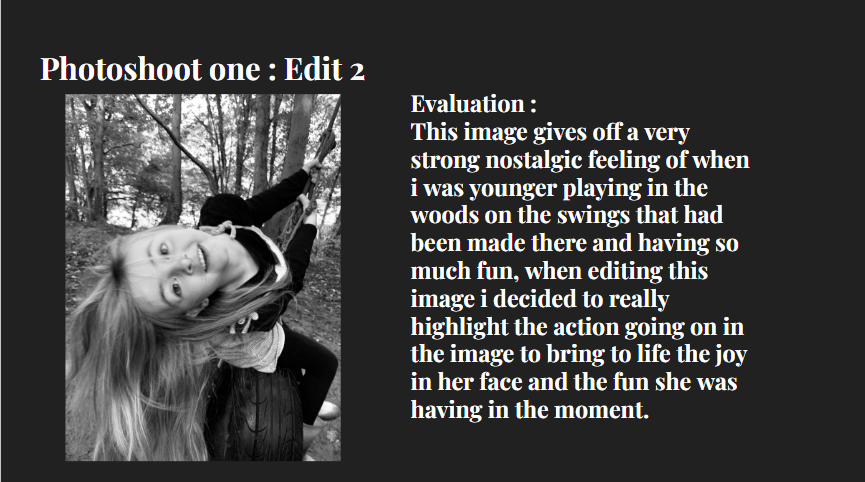
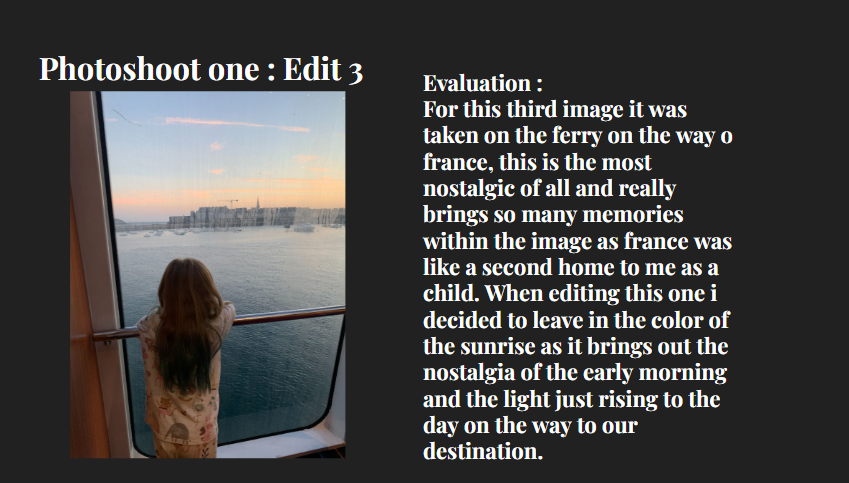

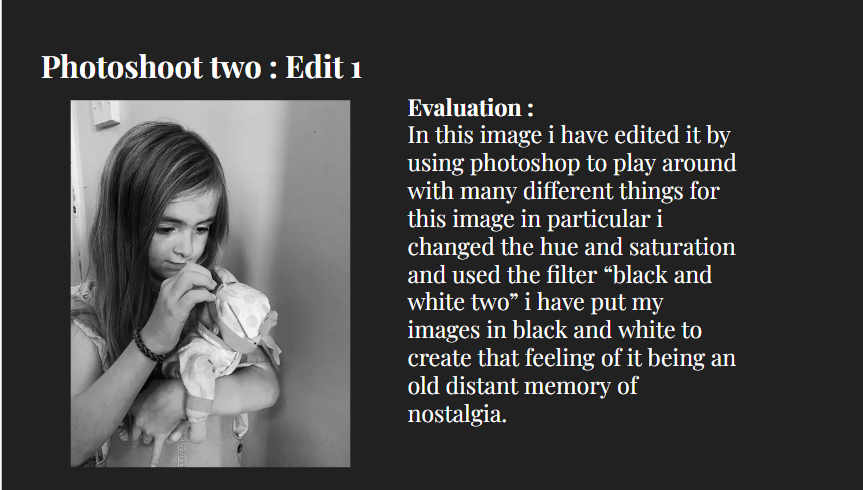
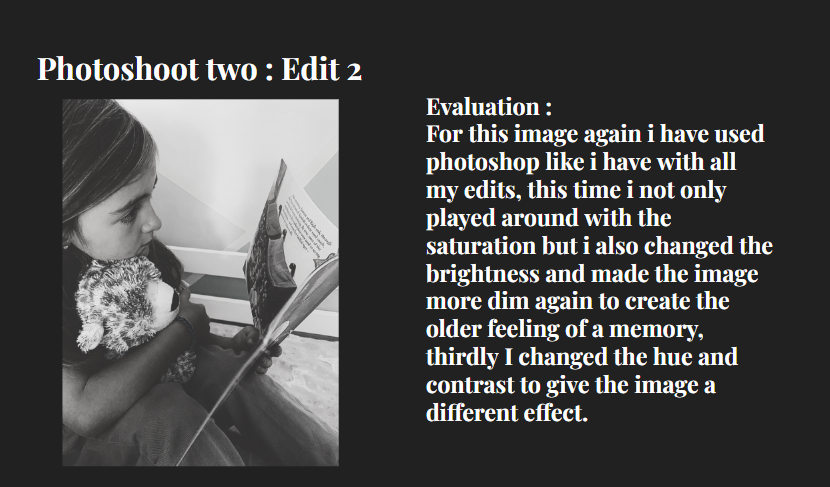
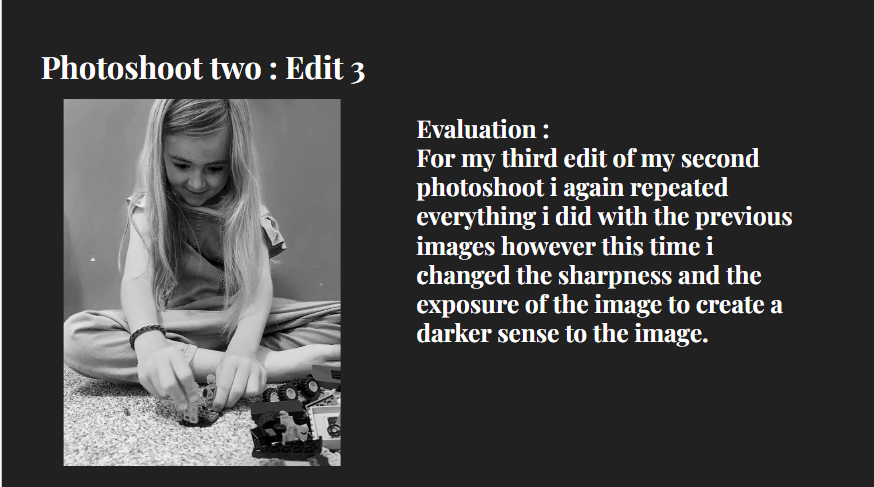

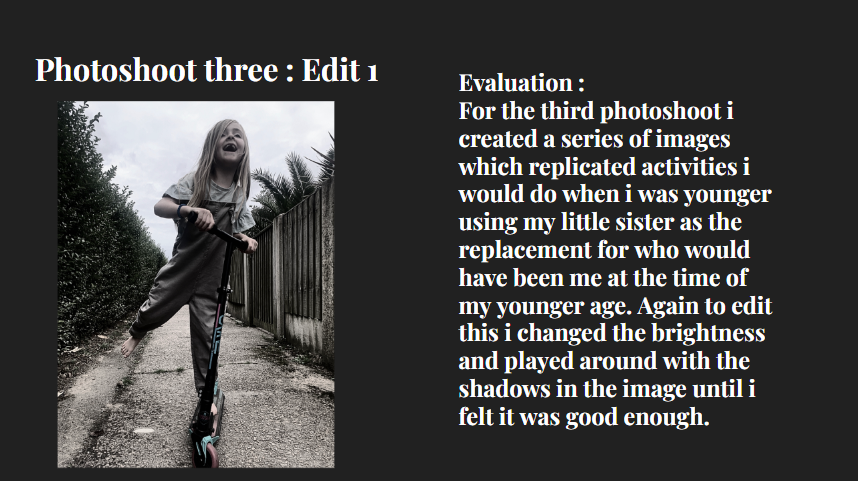

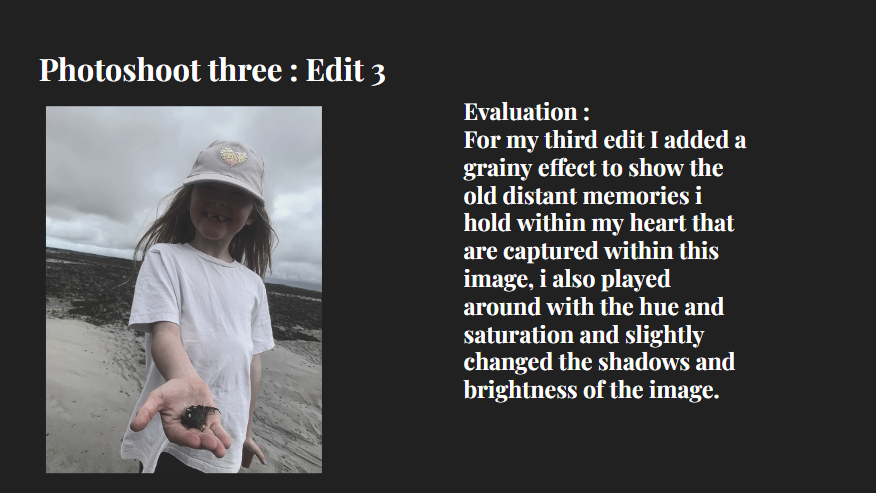



Q1: What is the etymology (origin & history) of the word photography?

Writing with light.
Q2: What year was the first photograph made in camera?

1826 (Joseph Nicéphore Niépce)
Q3: When did the first photograph of a human appear?

1838 (Louis-Jacques-Mandé Daguerre)
Q4: Who made the first ‘selfie’

Robert Cornelius (1839)
Q5: When did the first colour photograph appear?
1861 (James Clerk Maxwell)
Q6: What do we mean by the word genre?

A style or category of art
Q7: What do we mean by the genre of still-life?
An image that shows inanimate objects from the natural or man-made world.
Q8: What was the main purpose of the Pictorialist movement?
To affirm photography as an art form
Q9: How do we describe the term documentary photography?
Capture images that truthfully portray people, places and events.
Staging images for maximum effect.
Provide in-depth information about a subject over a long period time.
An interpretation of reality as witnessed by the photographer.
Q10: What is exposure in photography?
The amount of light that reaches your camera’s sensor.
Q11: What controls exposure on your camera?
Aperture, shutter speed, ISO.
Q12: What control on our camera records moving objects?
Shutter
Q13: How do we explain depth of field?
How much of your image is in focus.
Q14: What factors affect Depth of Field?
Shutter speed, distance from camera to subject, and sensitivity to light.
Q15: What is composition in photography?
The arrangement of visual elements within the frame.
Q16: What is your understanding of aesthetics in art?
Concerned with the nature of beauty and taste.
It is subjective and in the eye of the beholder.
Aesthetic qualities refer to the way and artwork looks and feels.
Making a critical judgement based on observation and understanding.
Q17: What are contextual studies in photography?
To provide historical, cultural and theoretical understanding of images.
Consider factors outside of the image, as well as inside the frame.
Q18: How many images are captured on average every day worldwide?
4.7 billion
Q19: Which portrait is the most reproduced in the world?
The Queen (Elizabeth II)